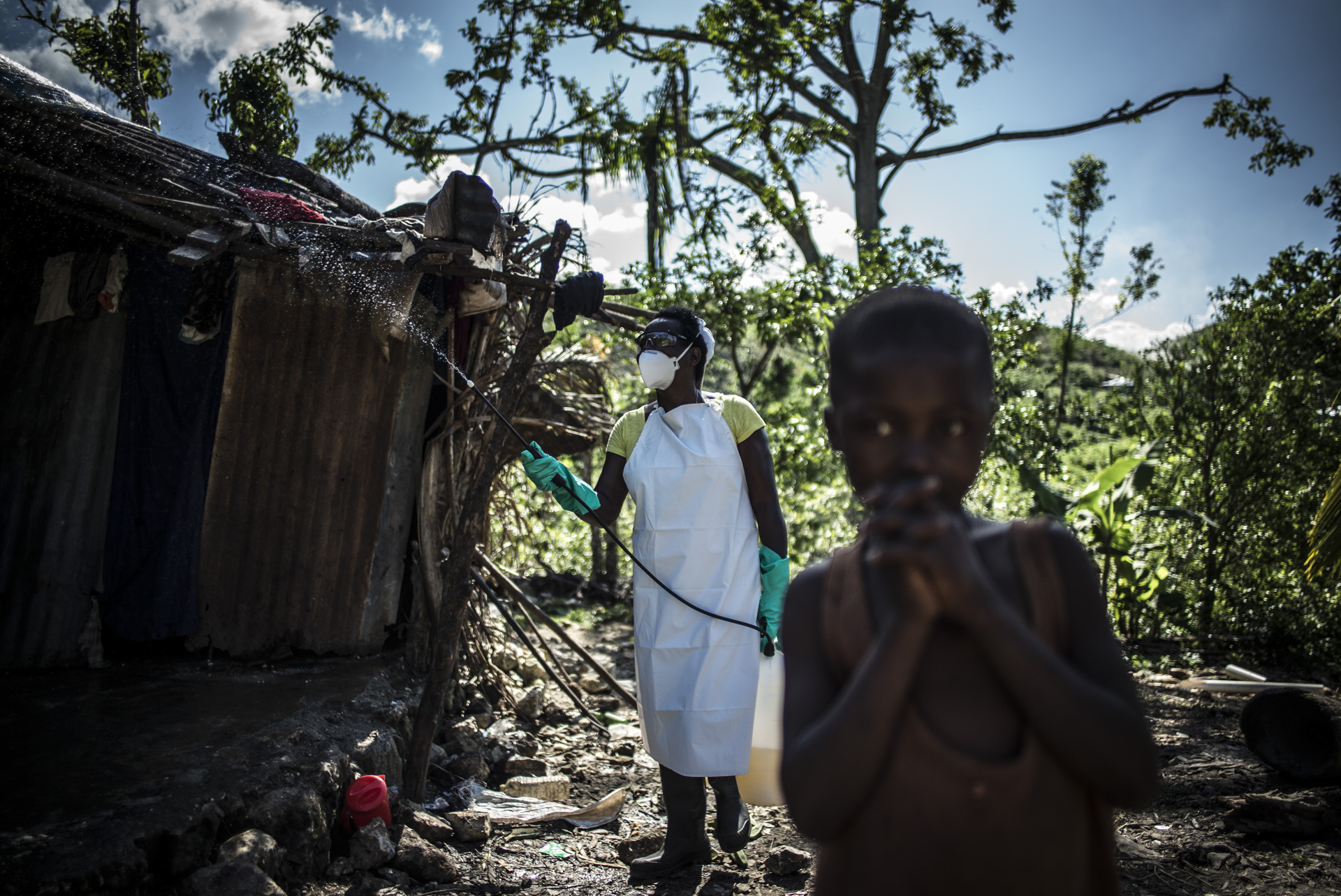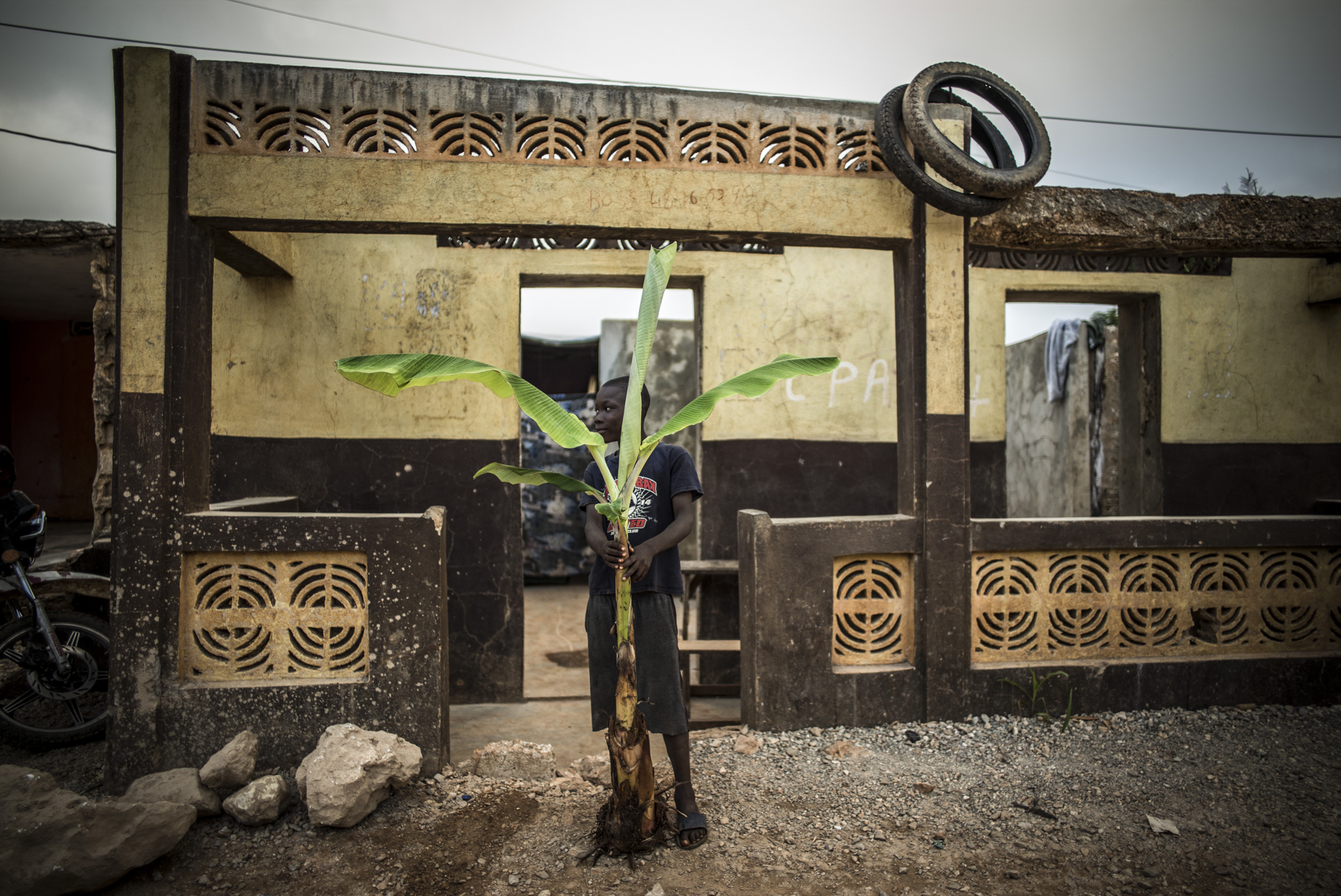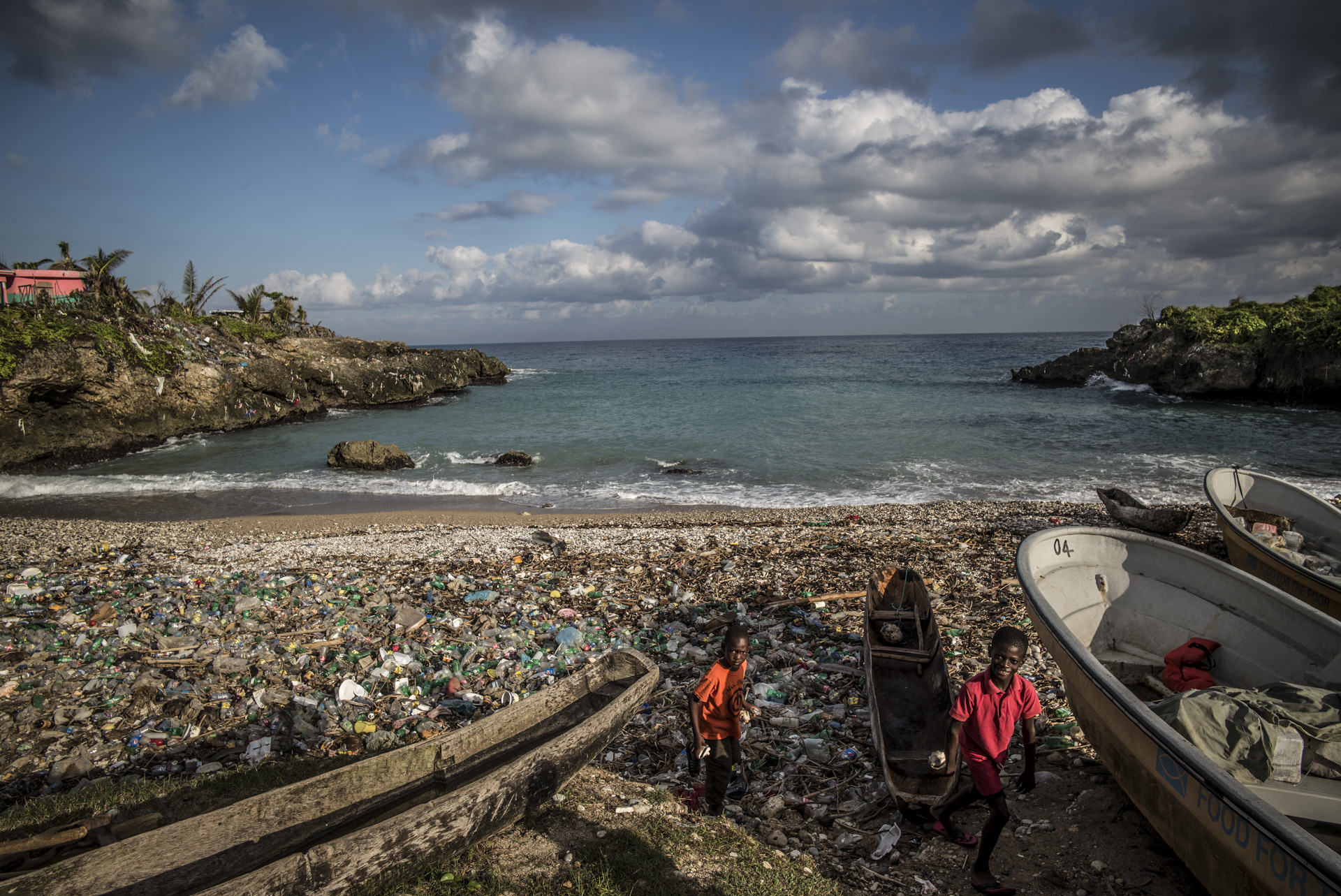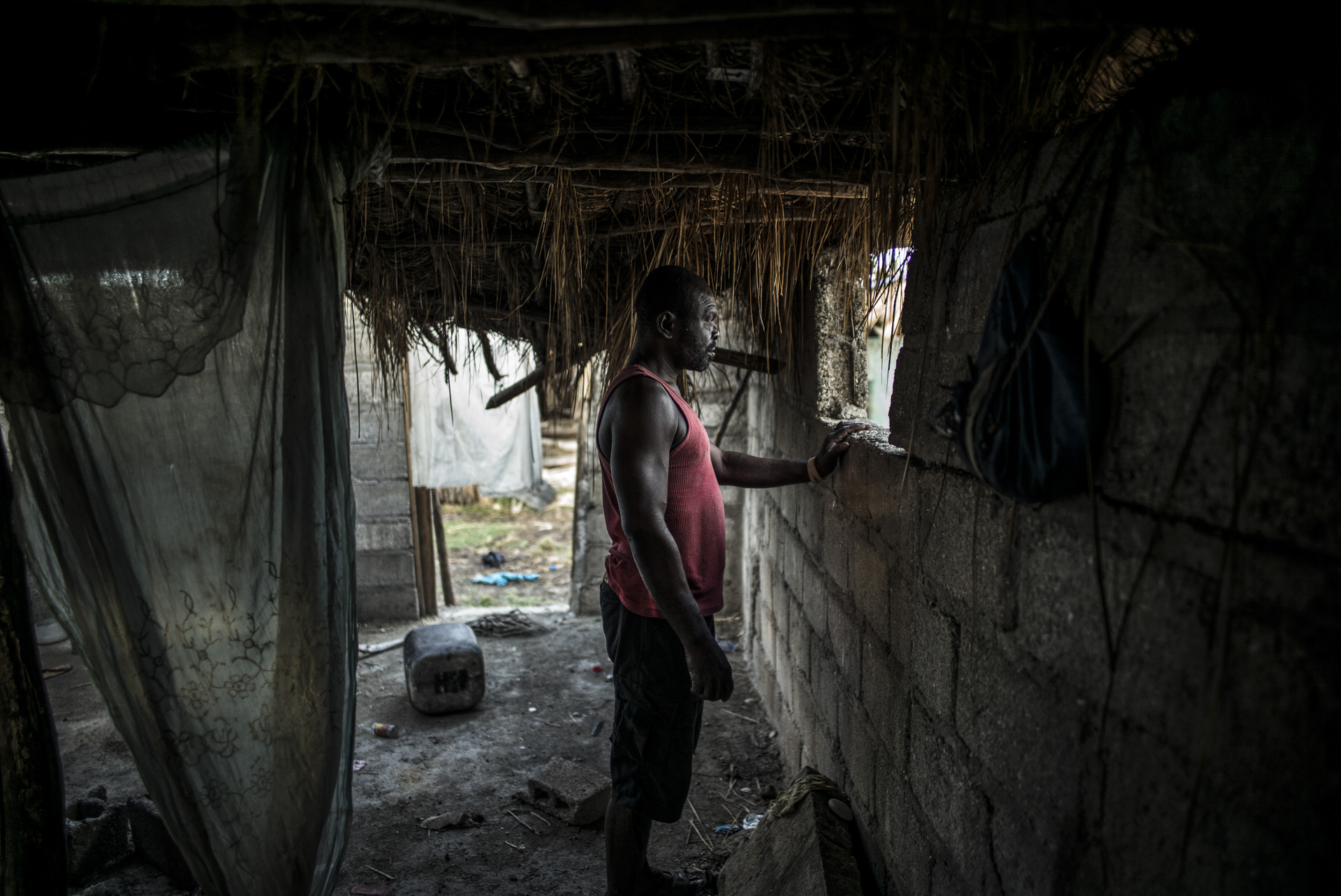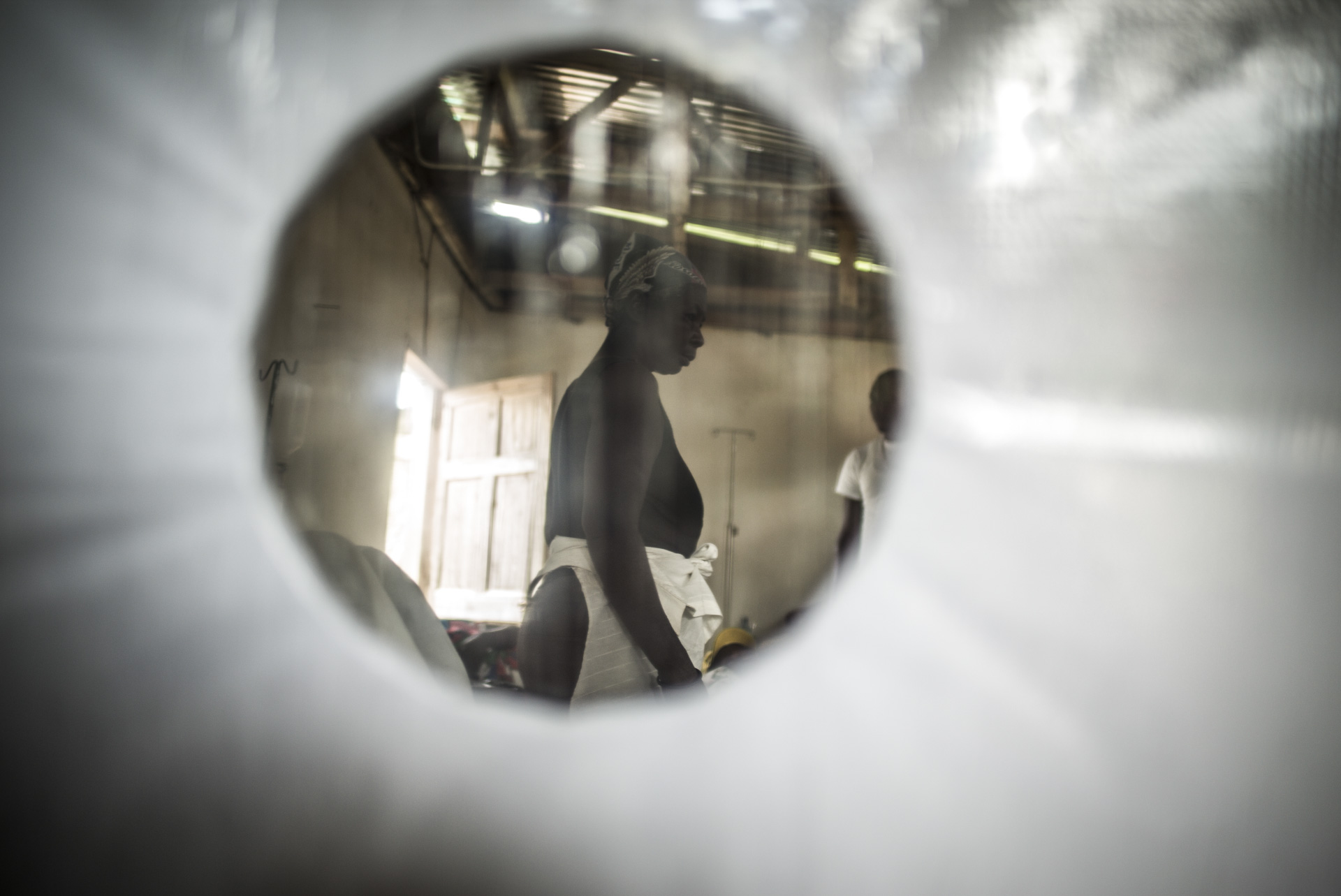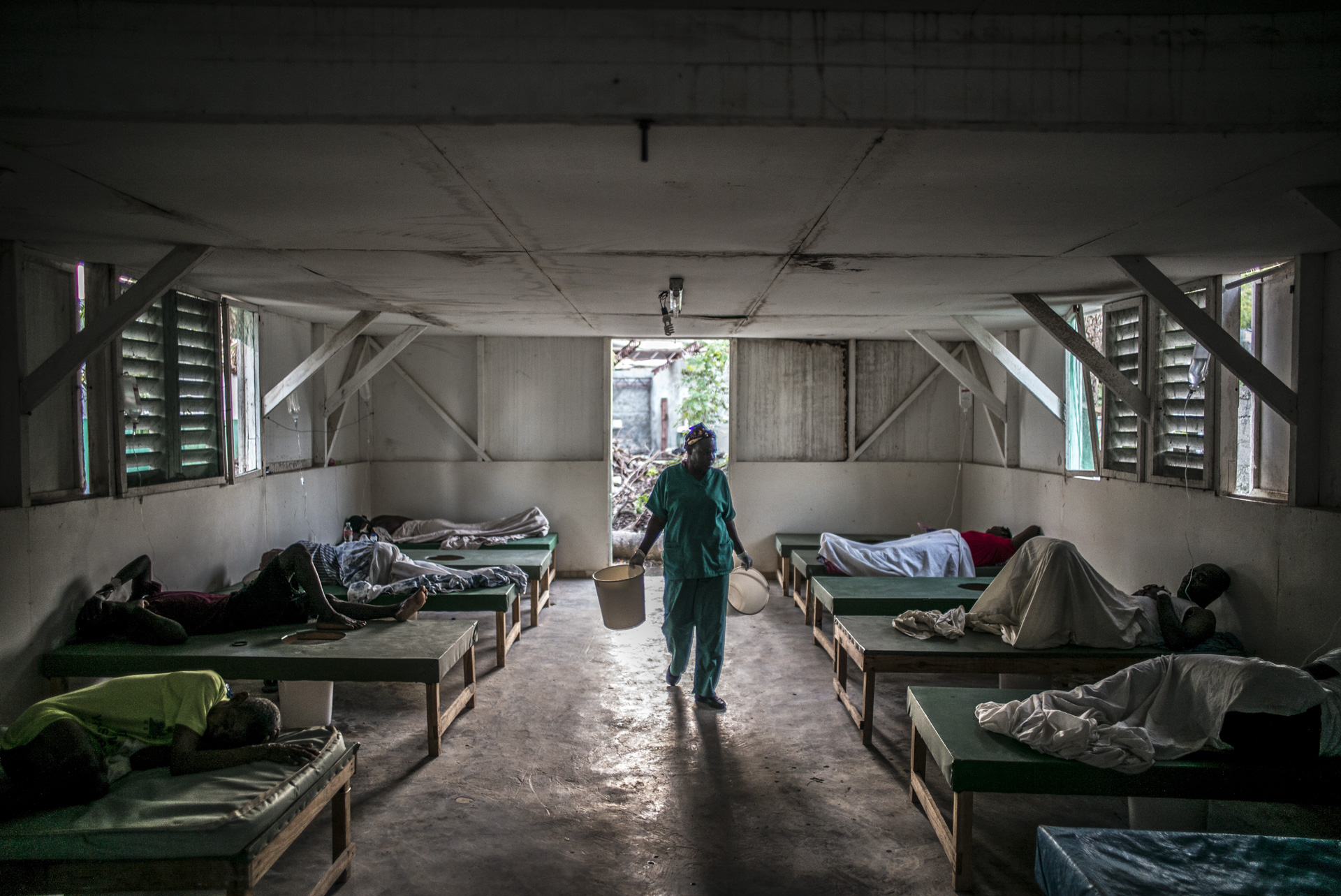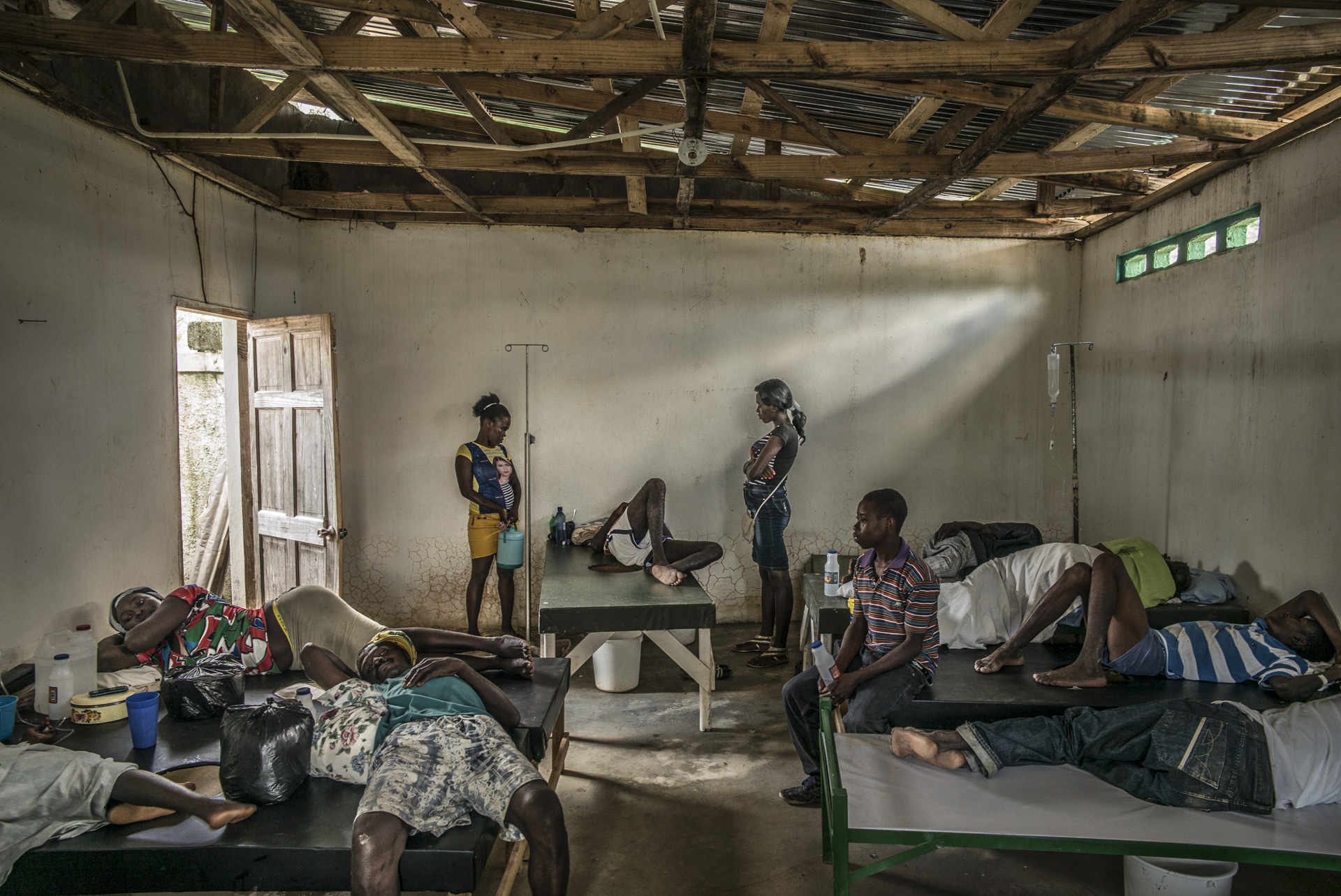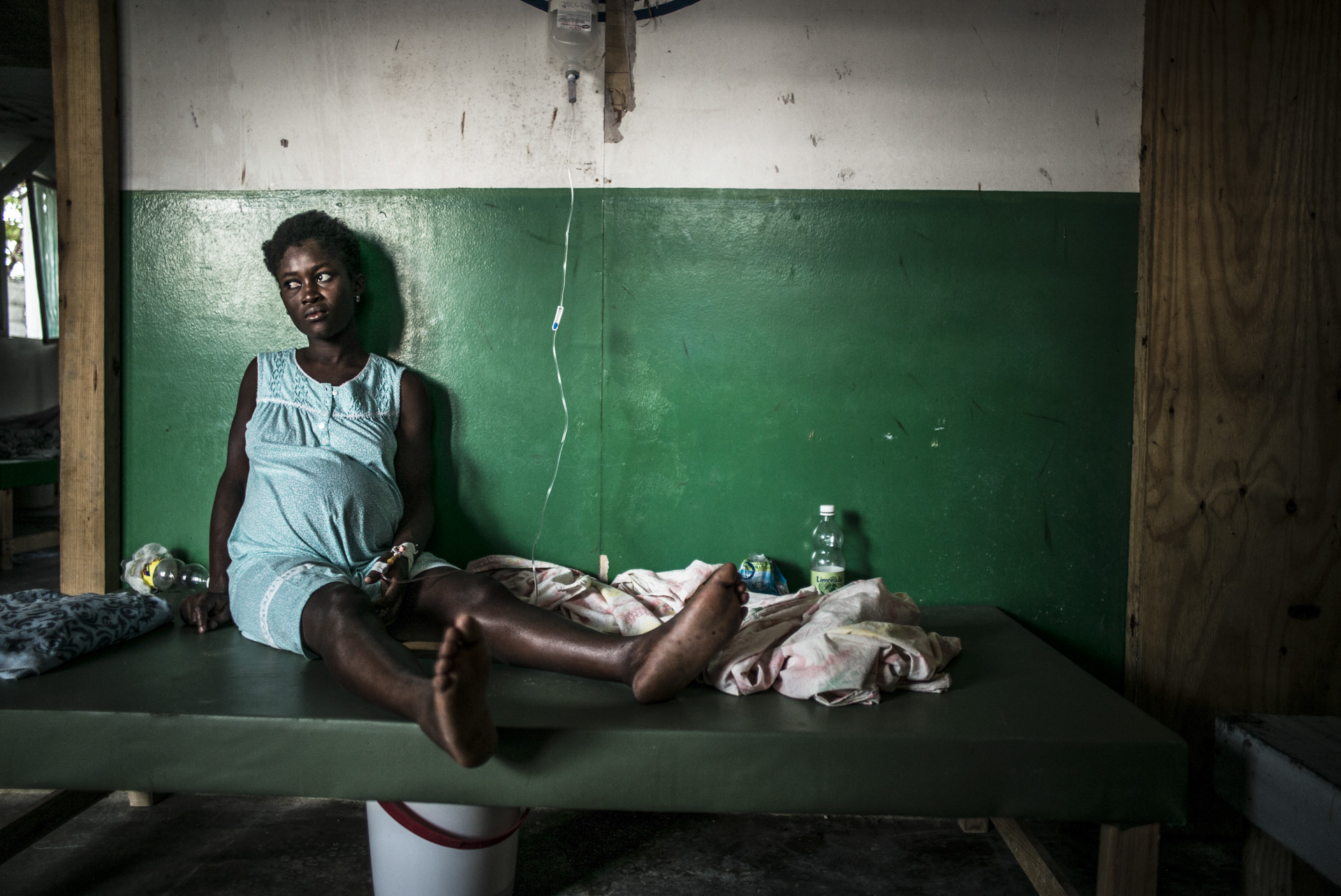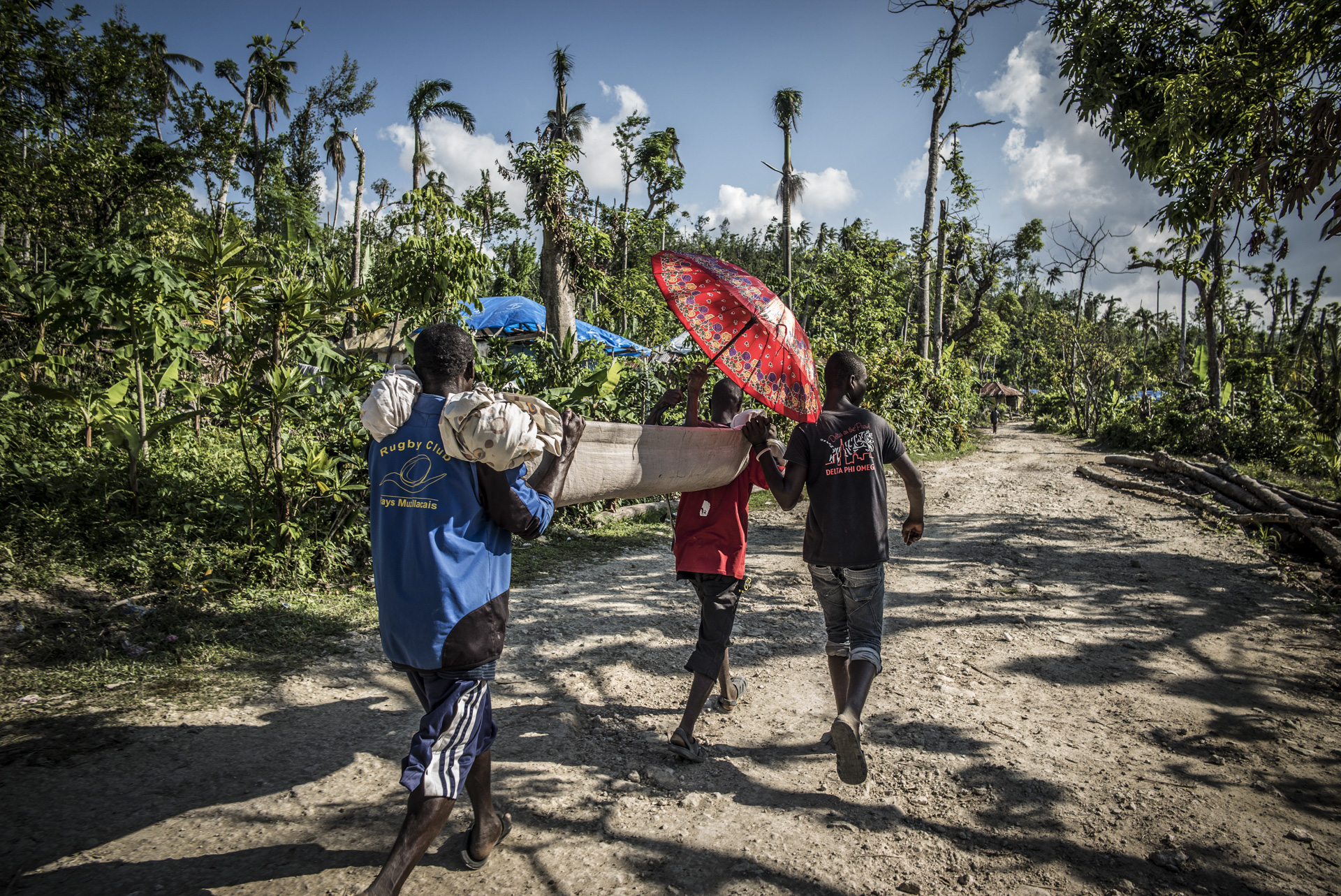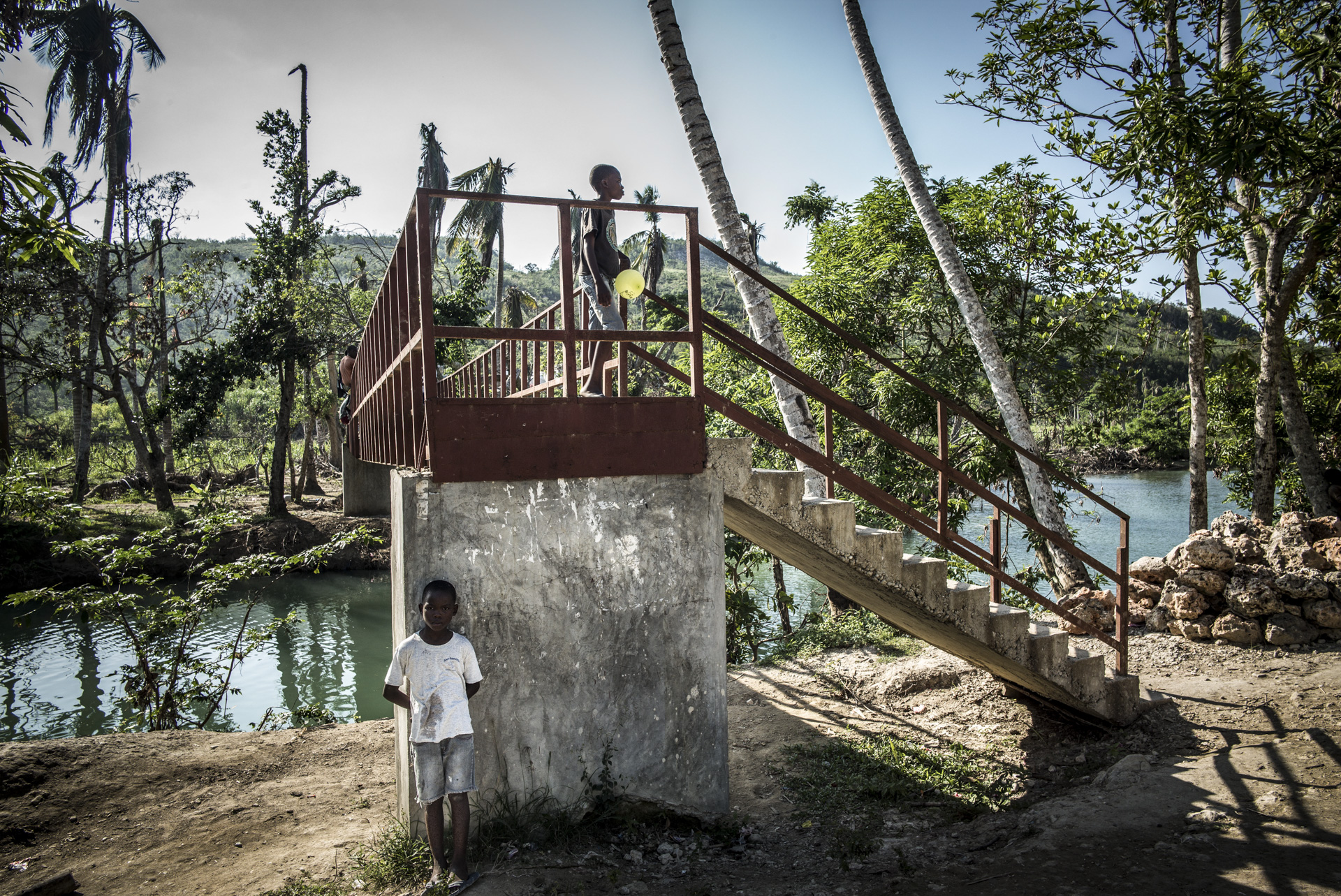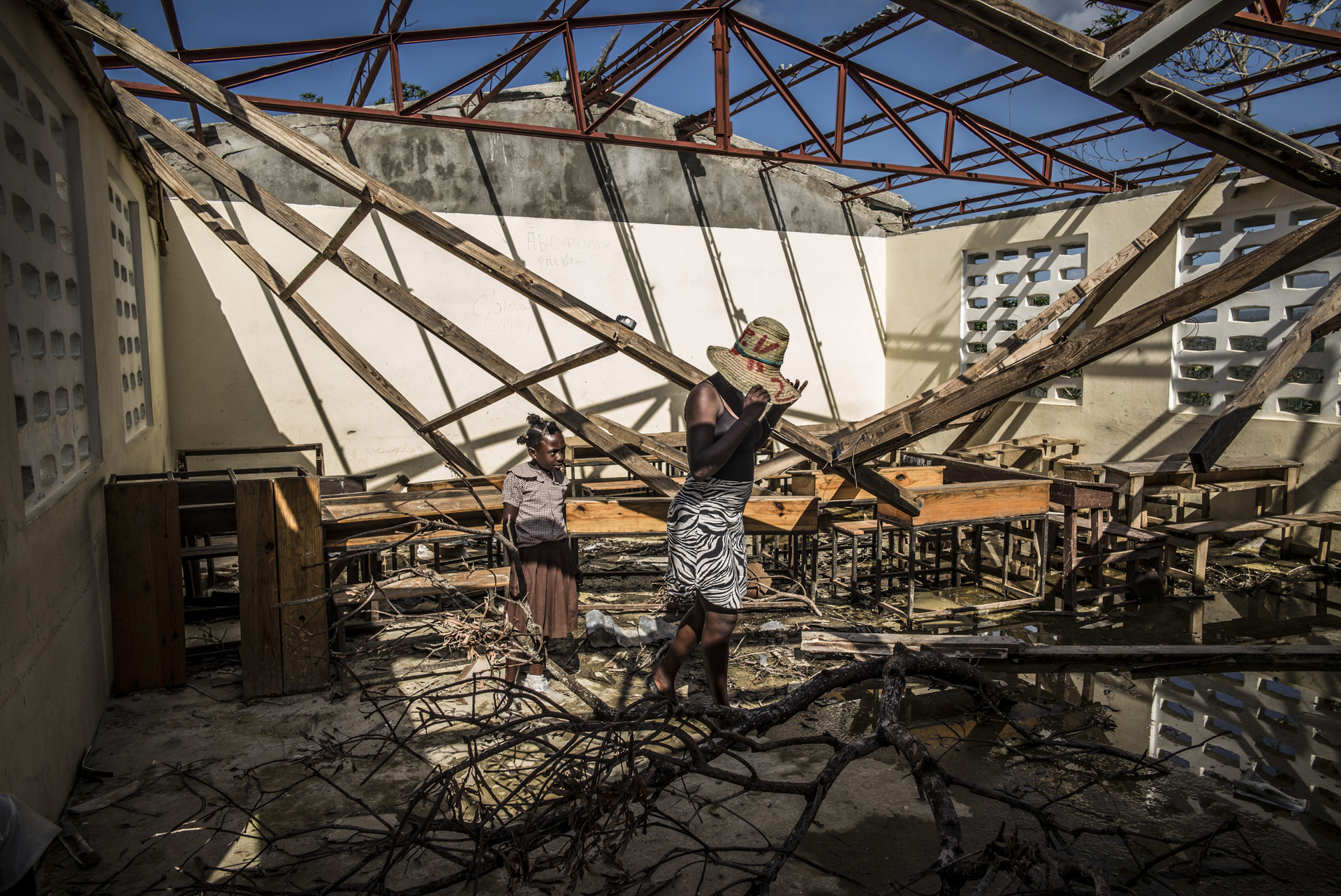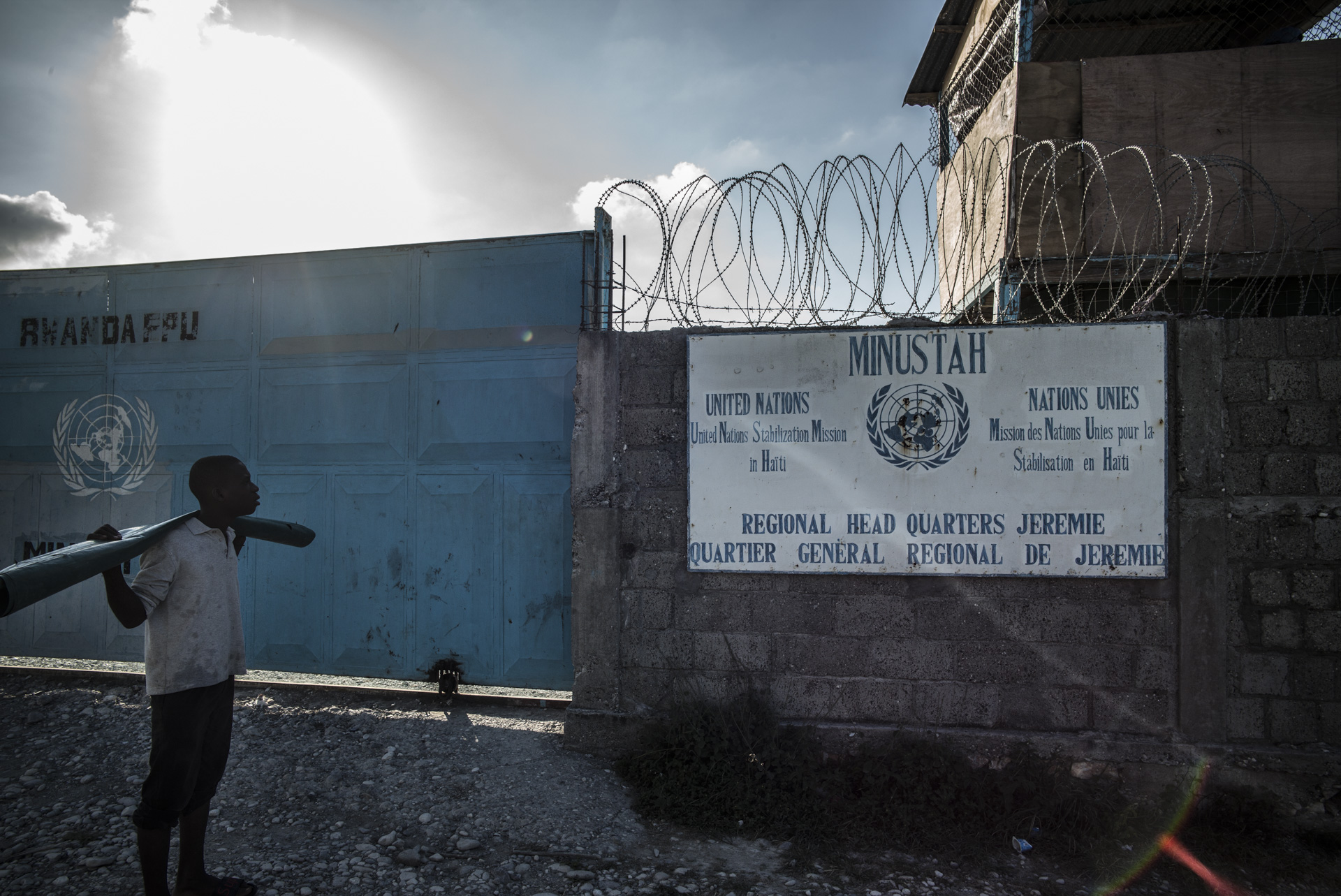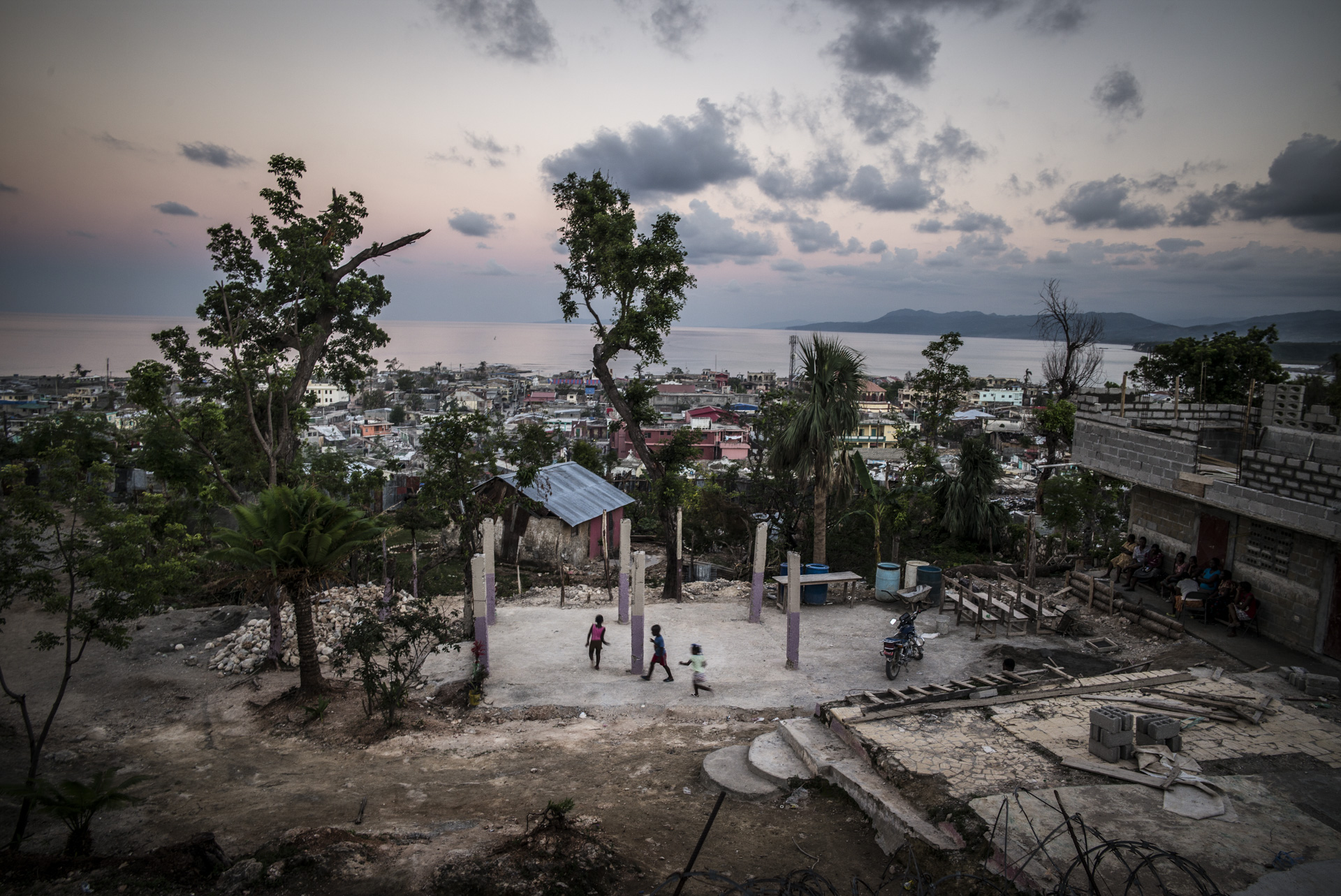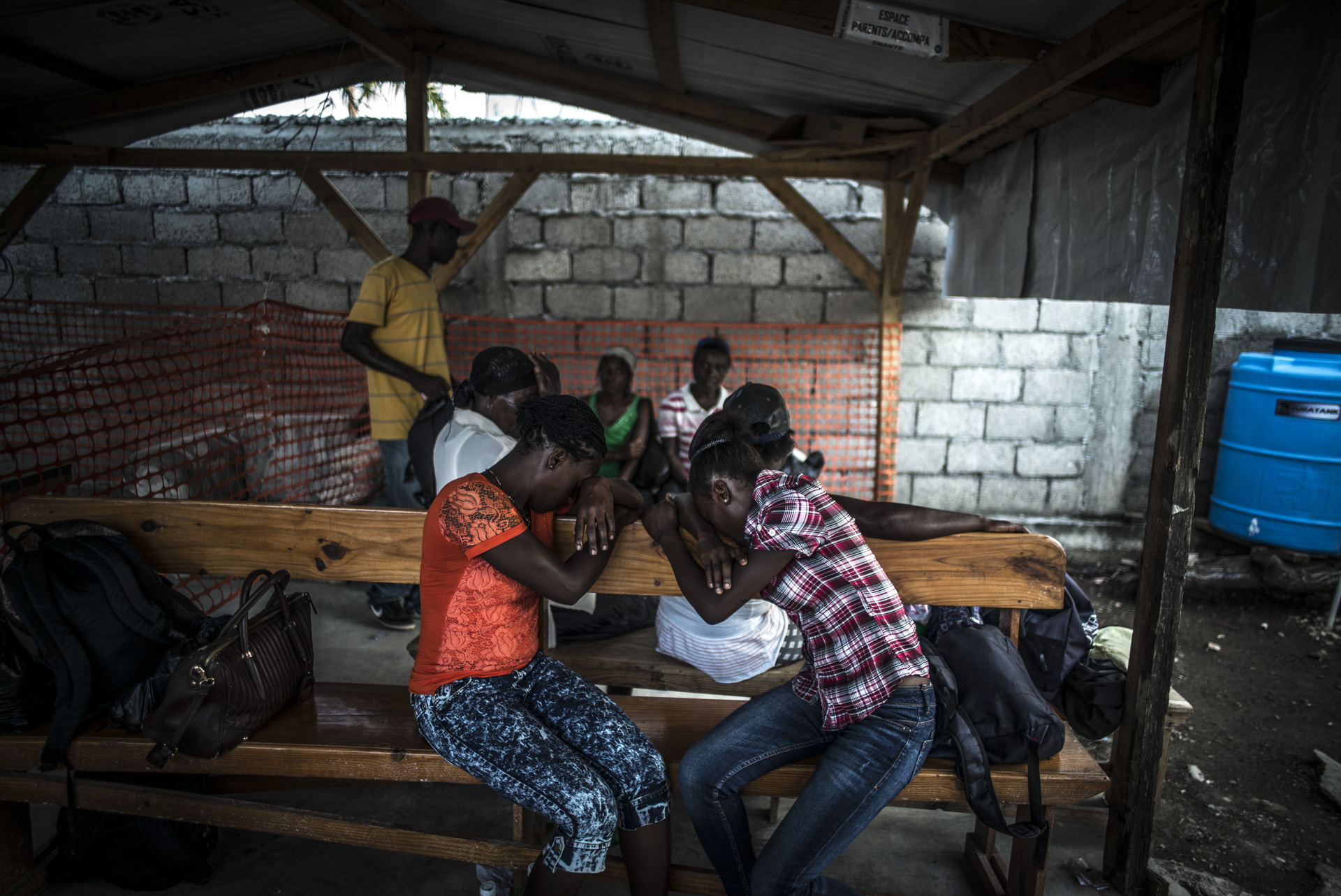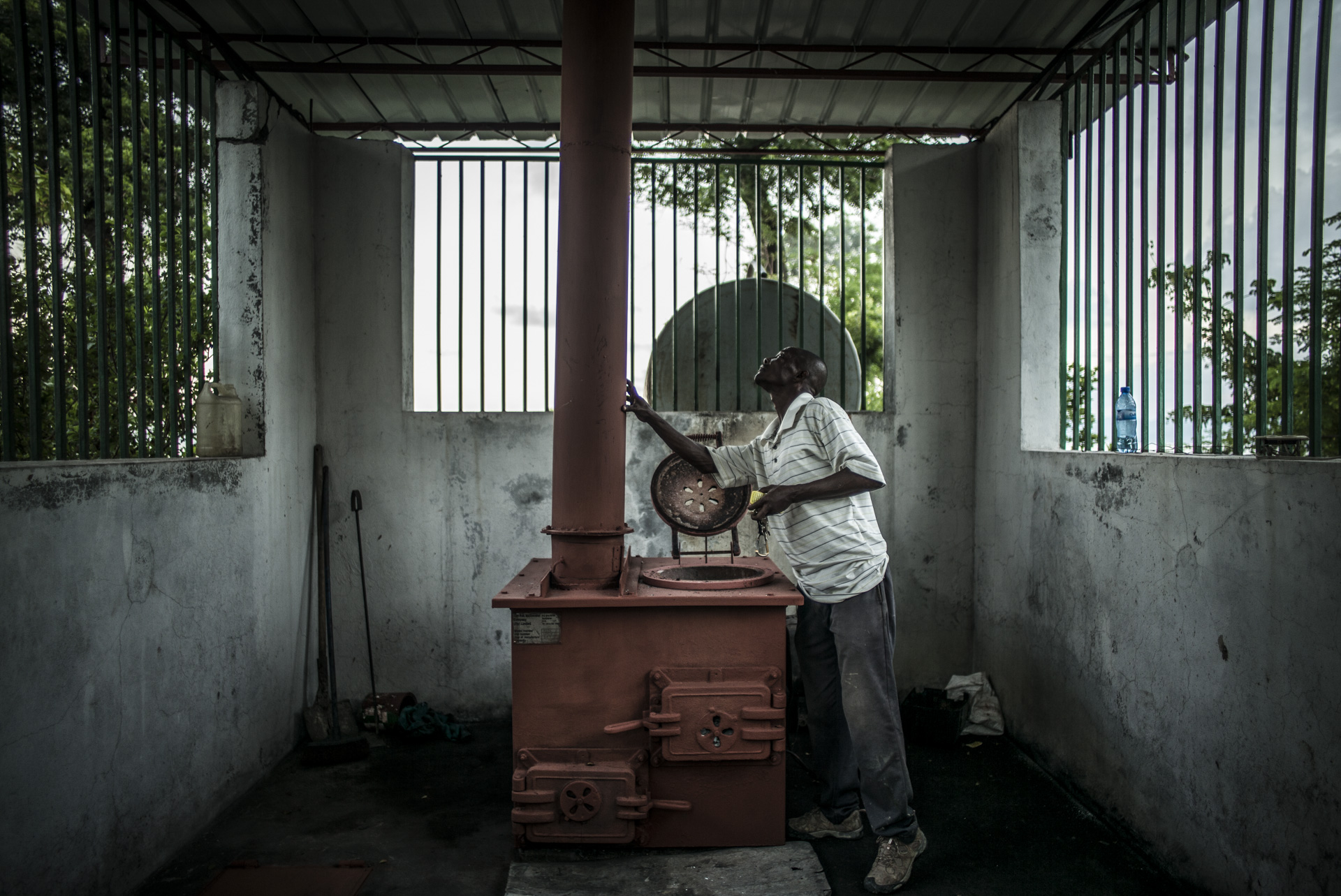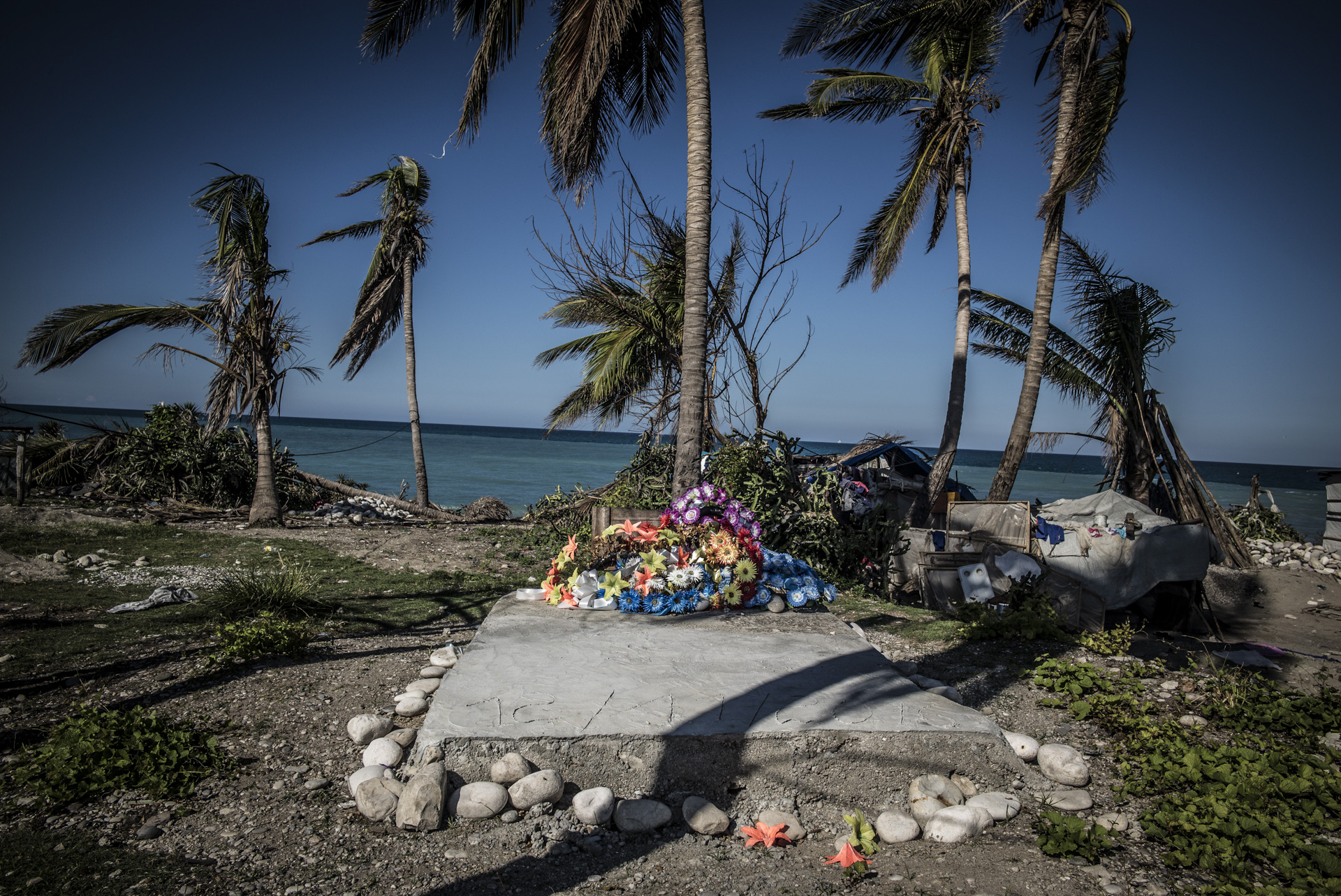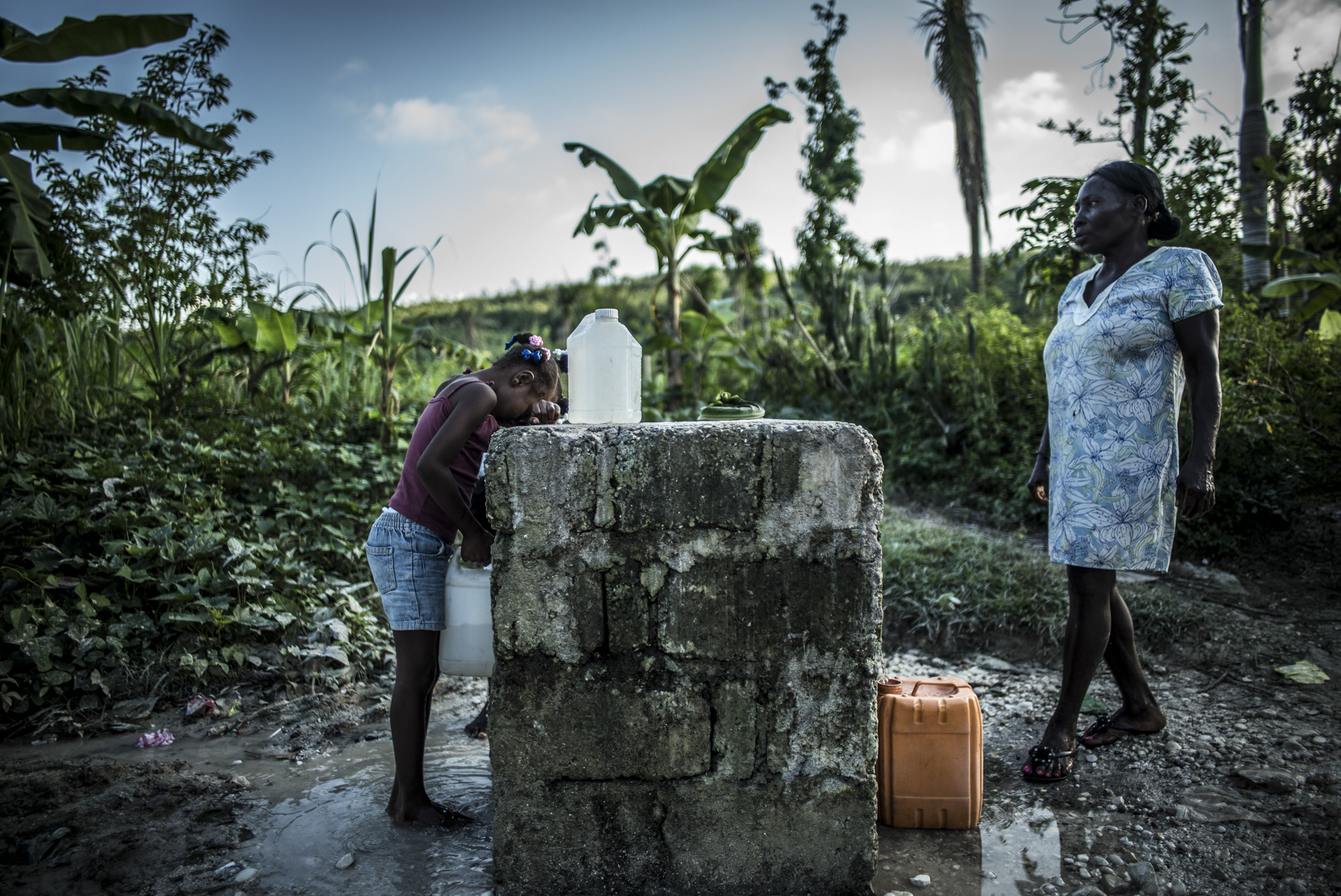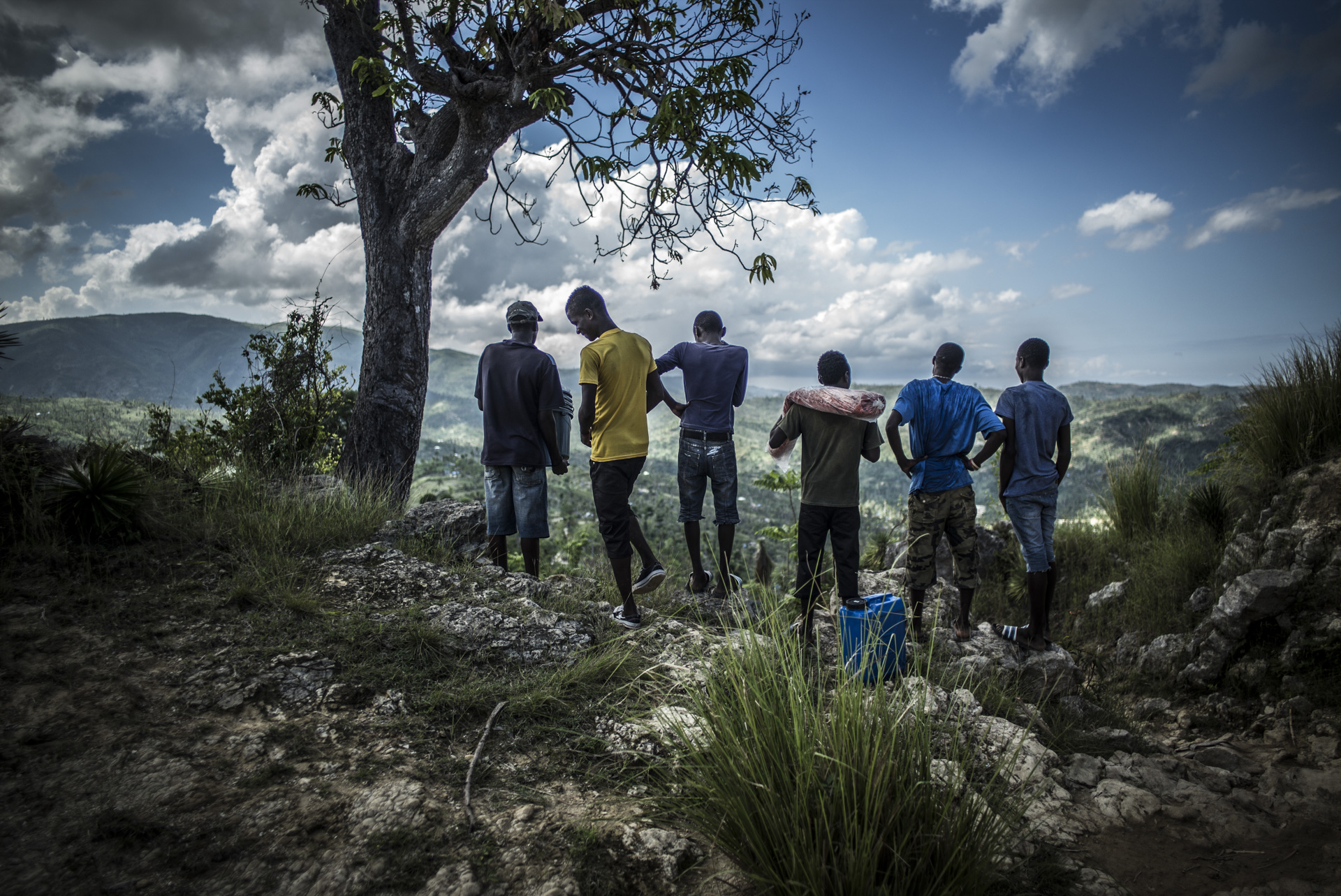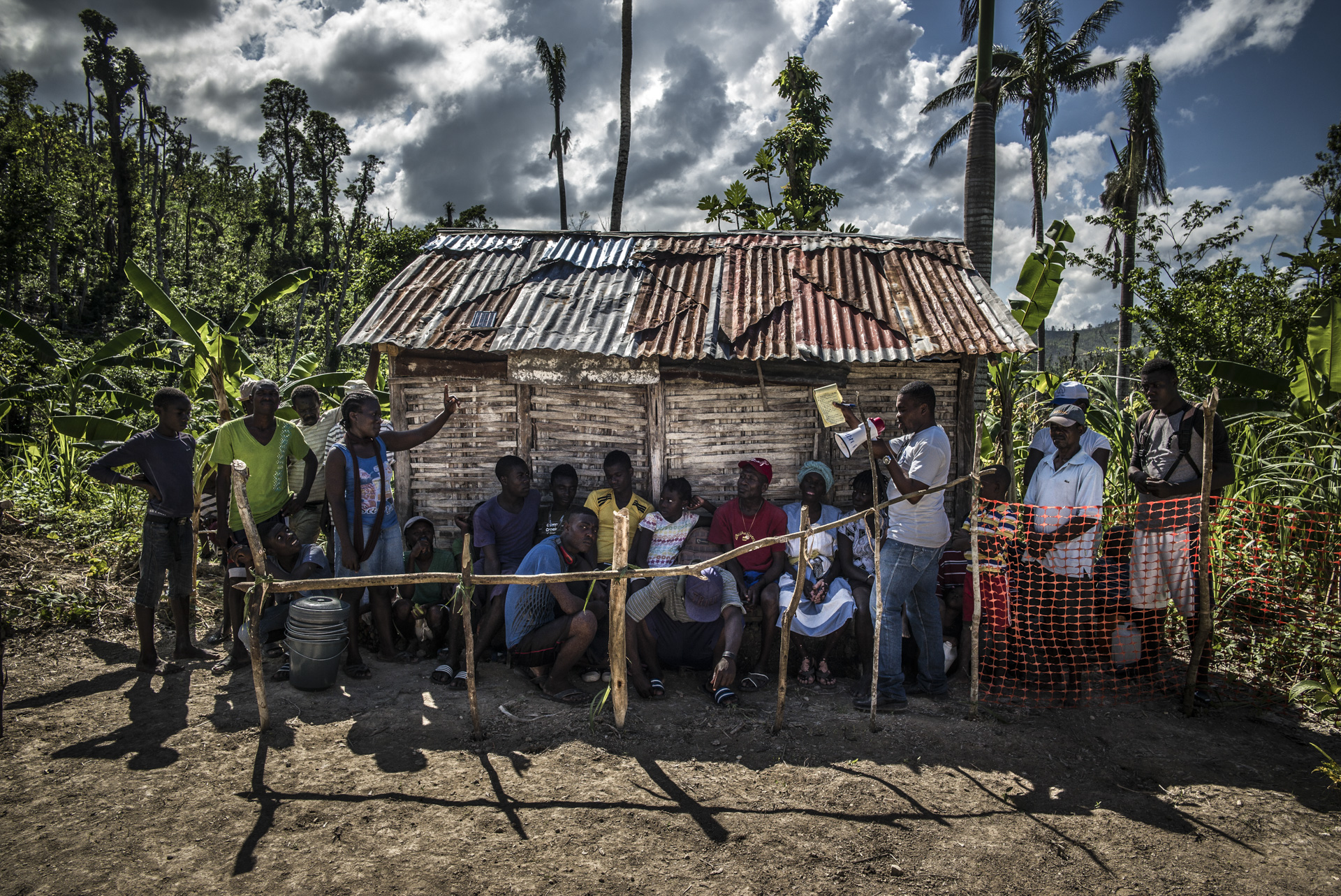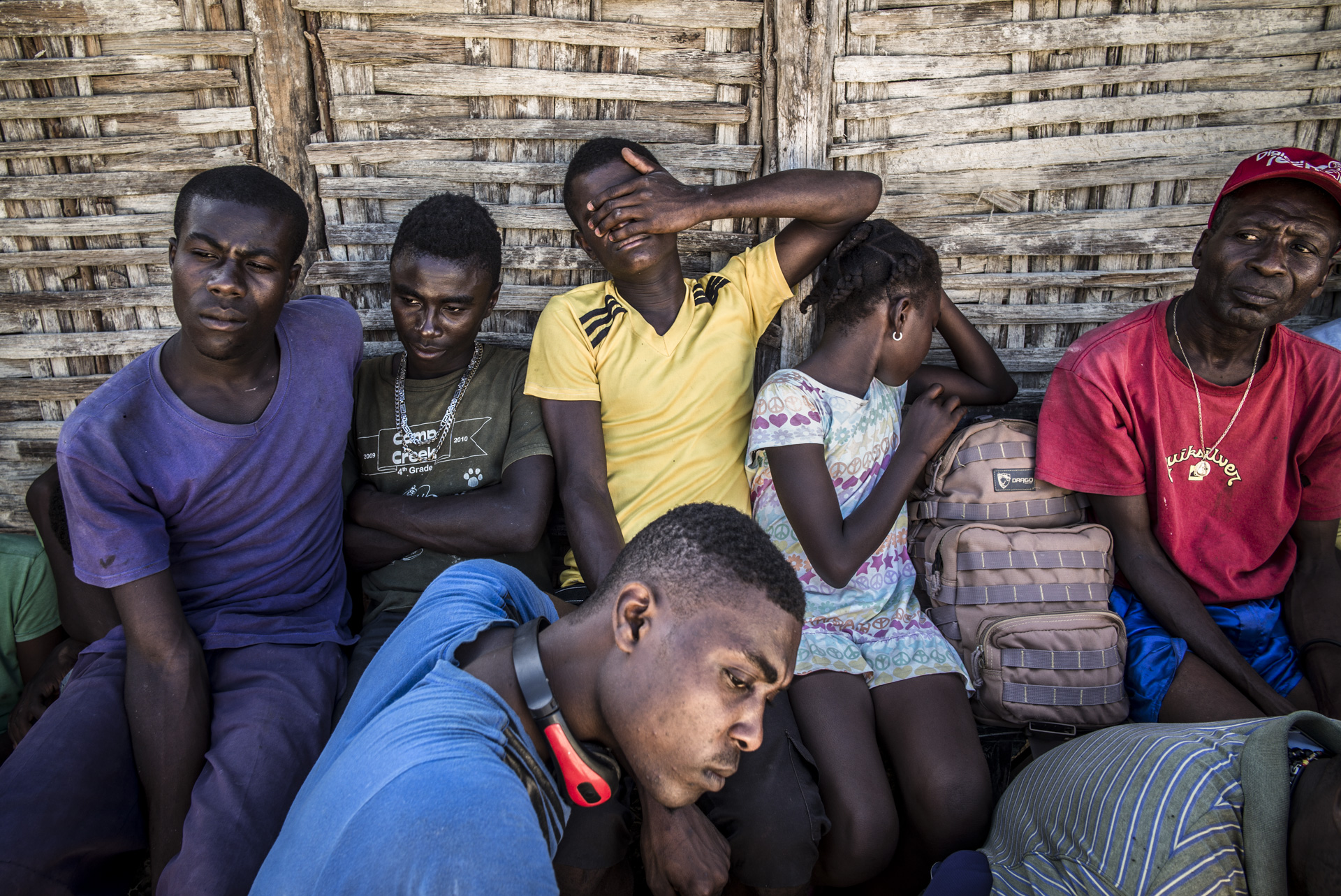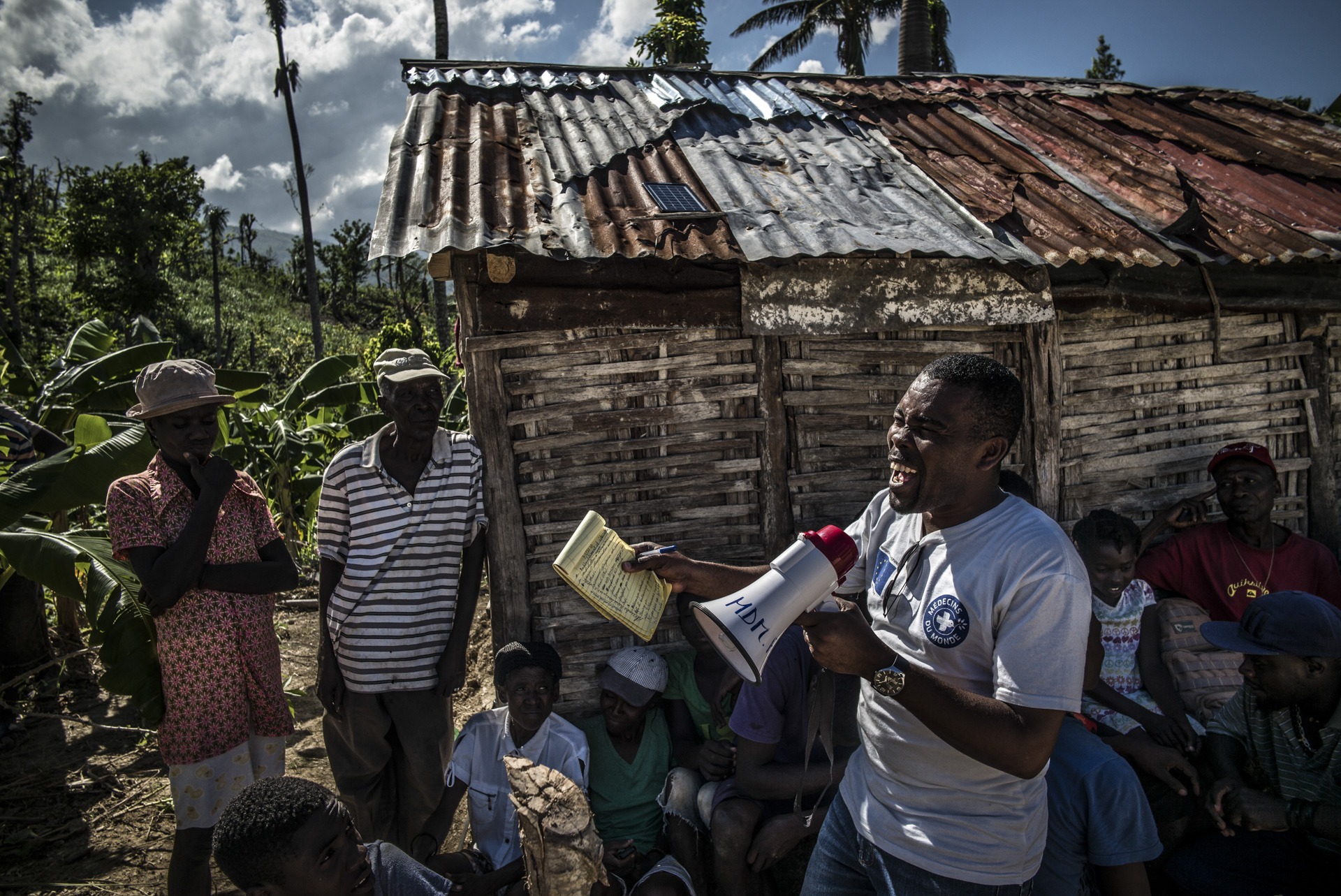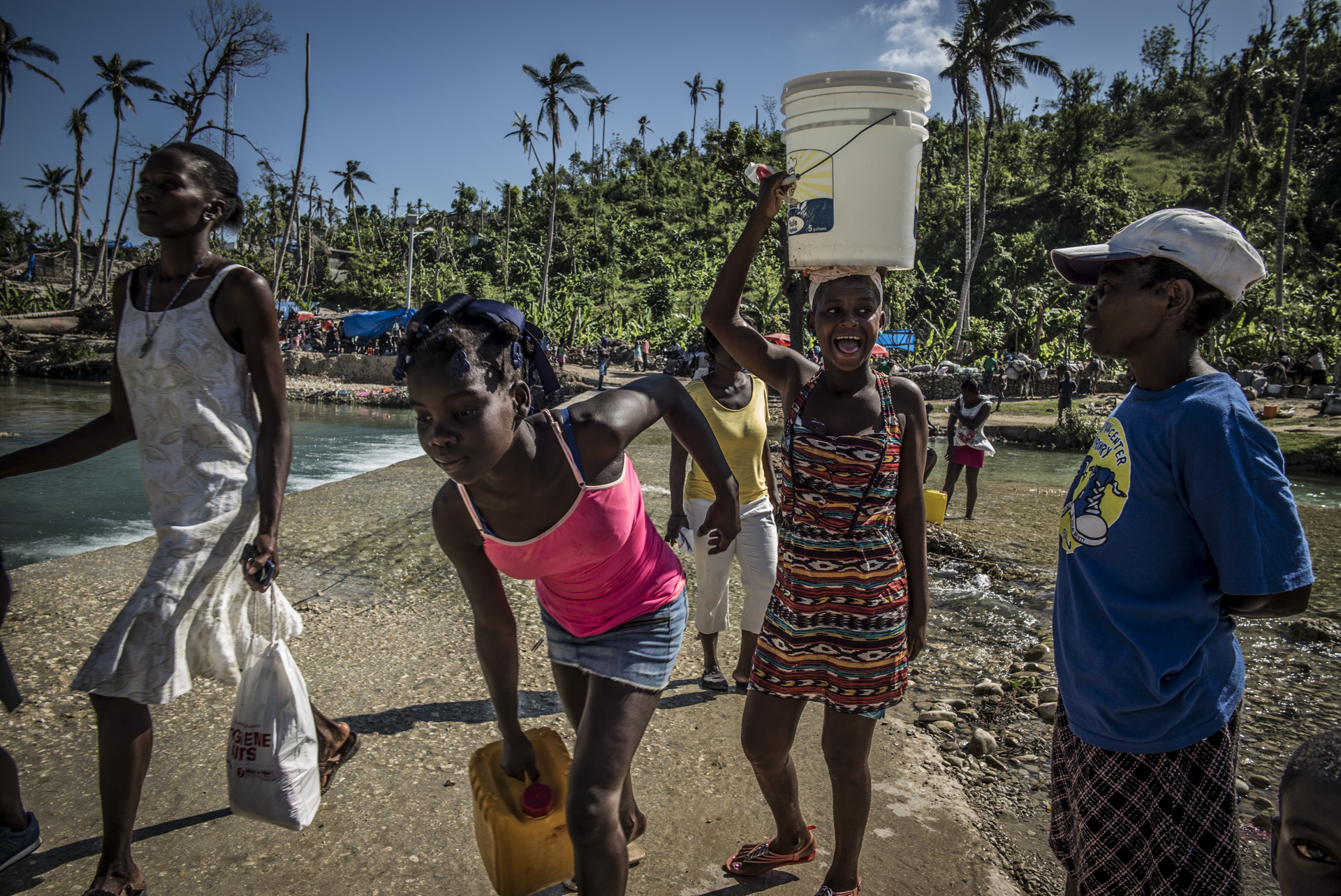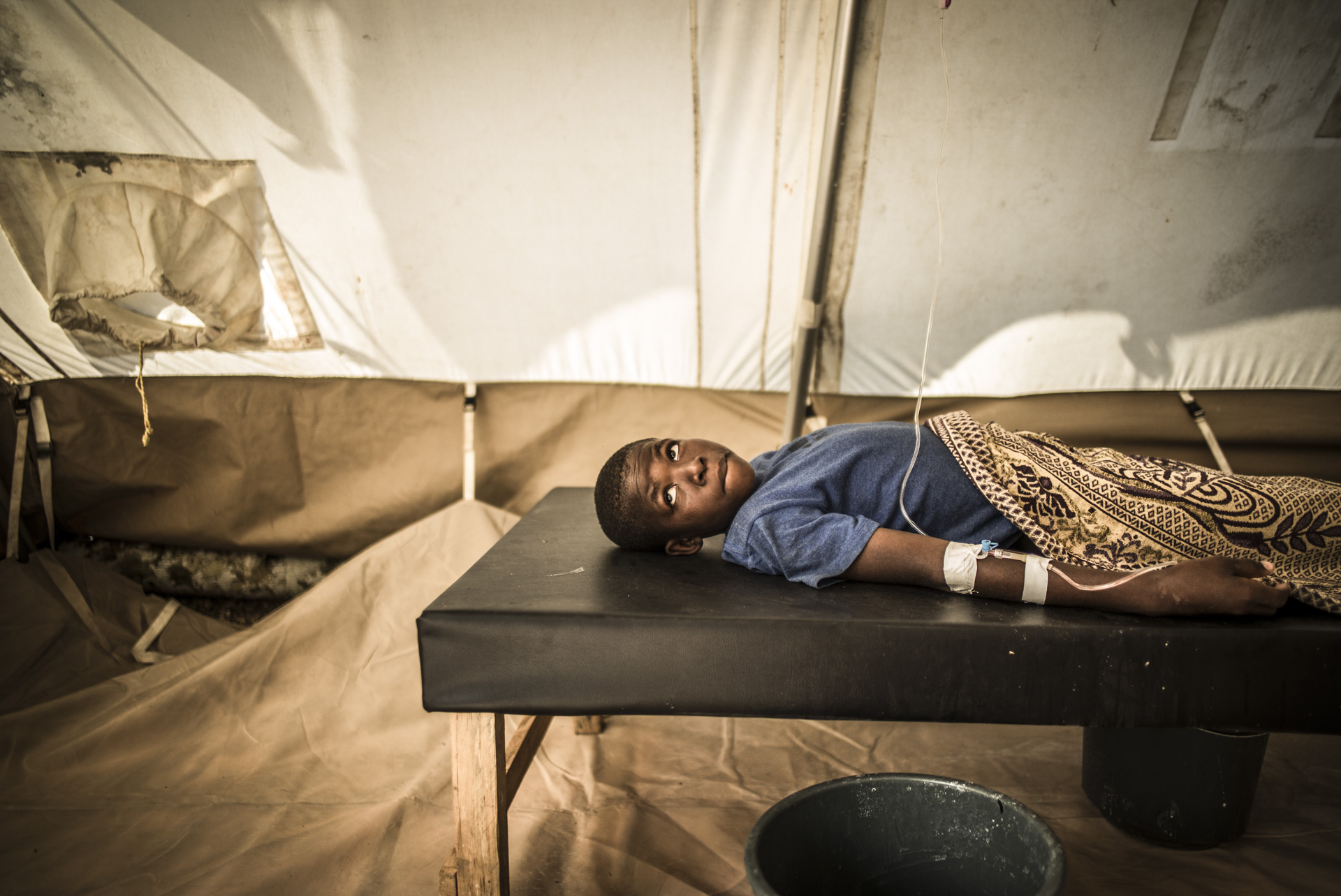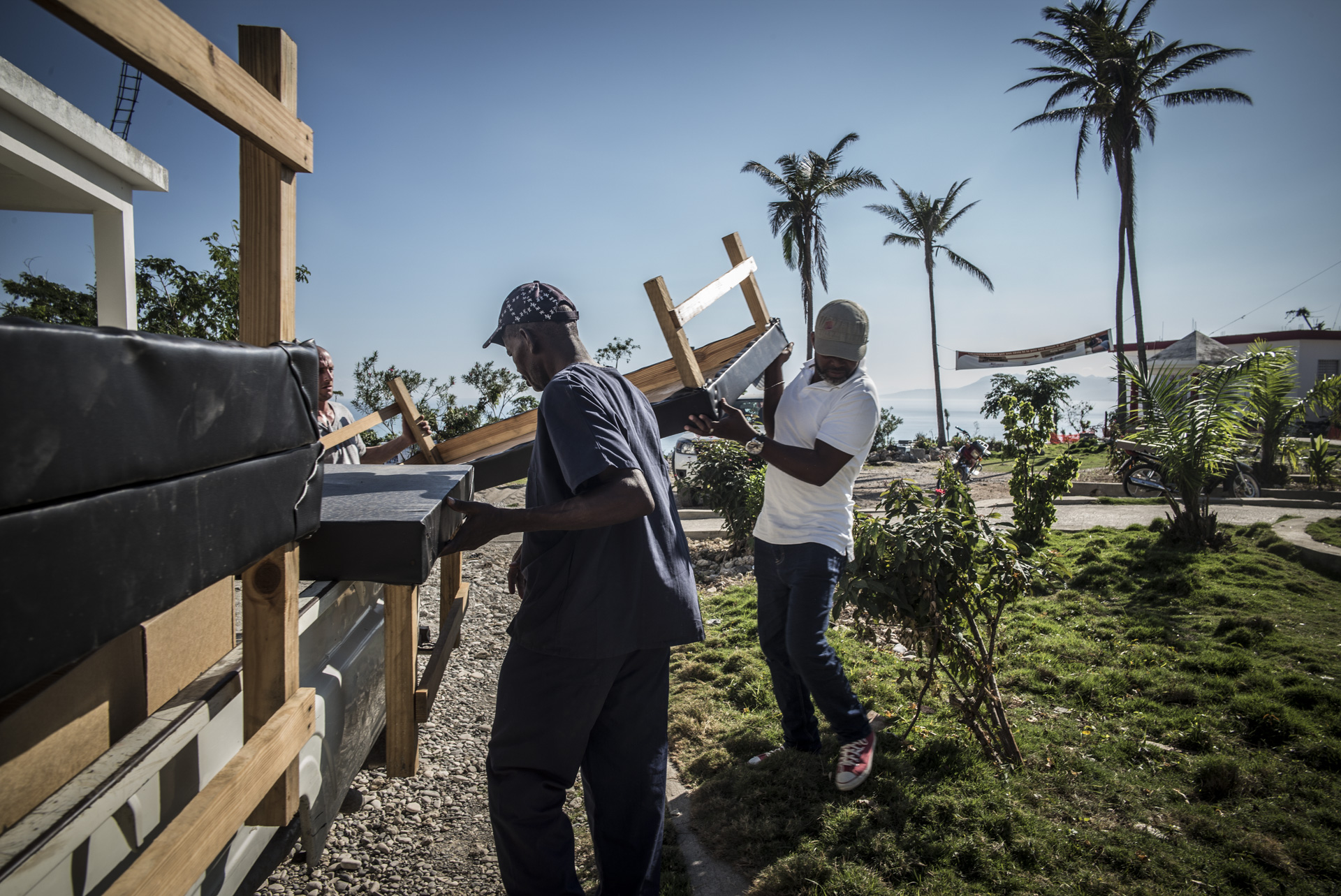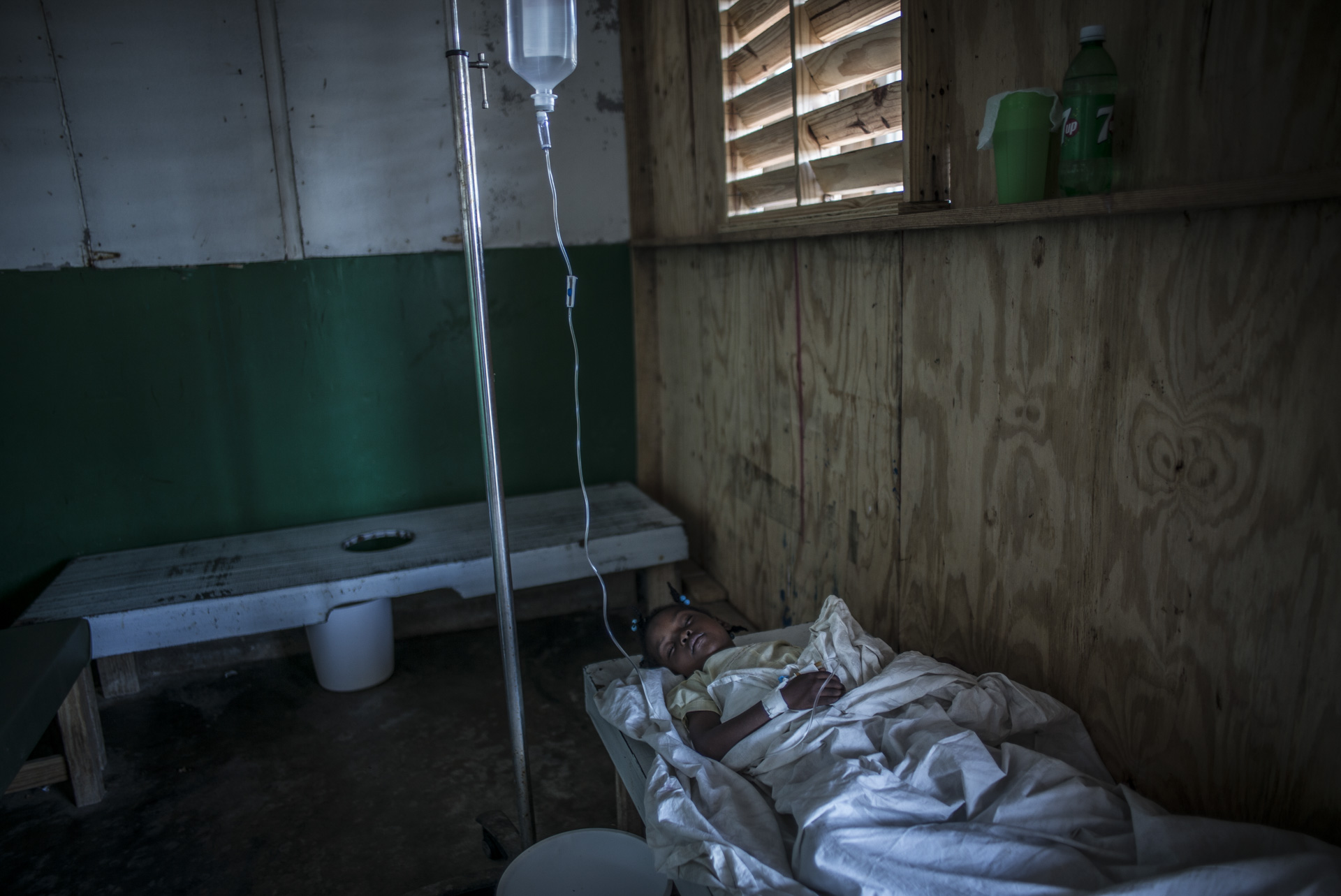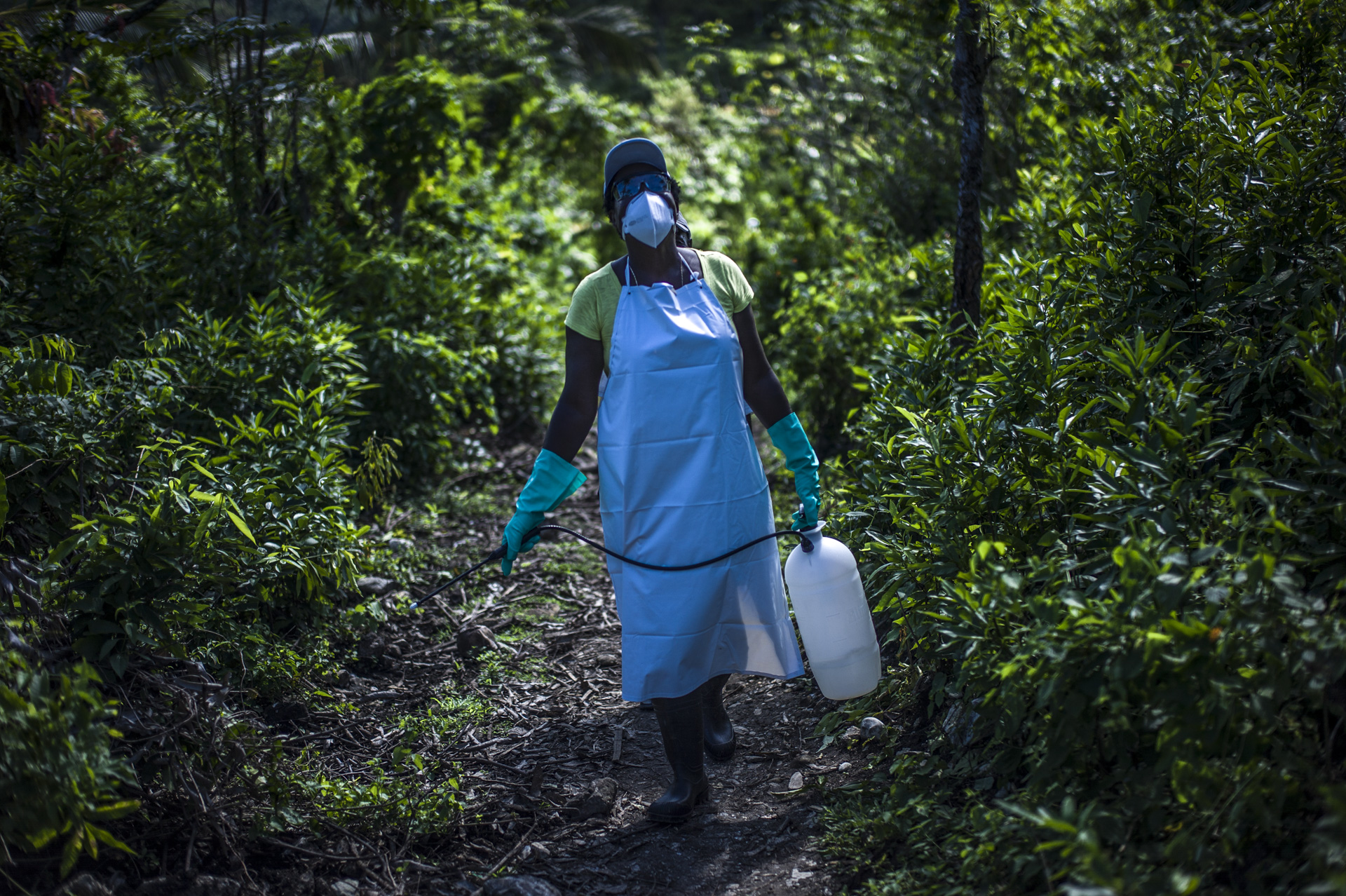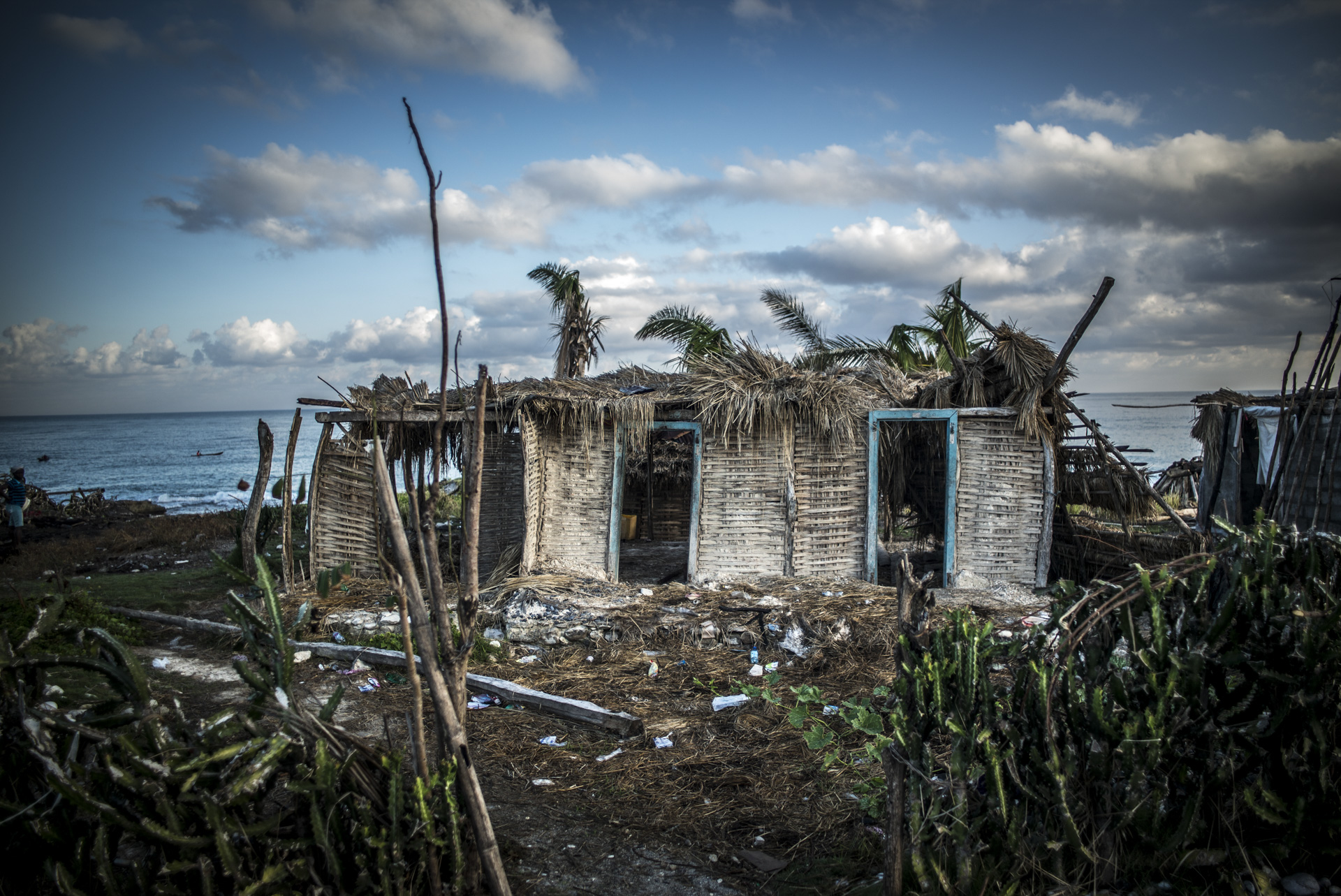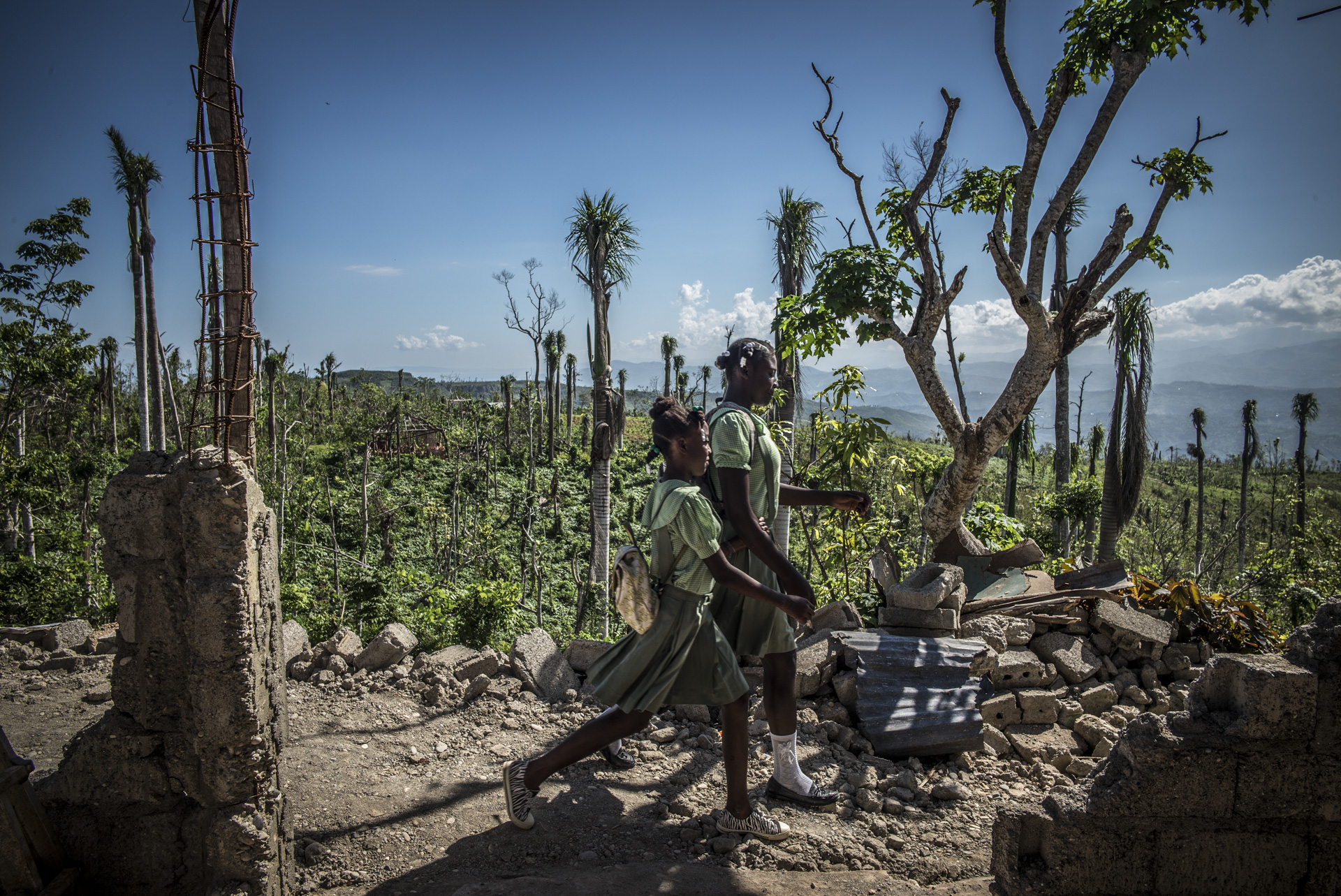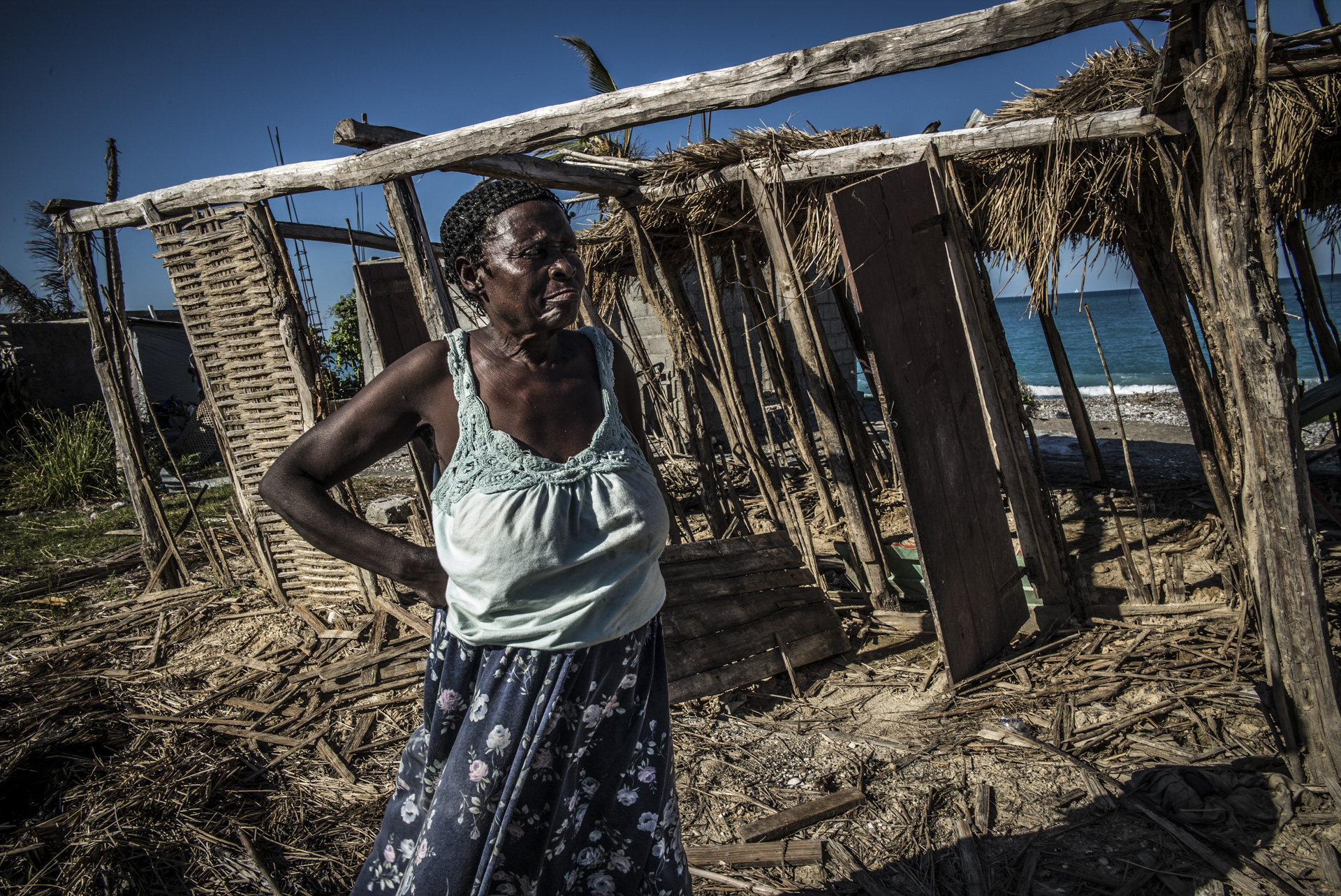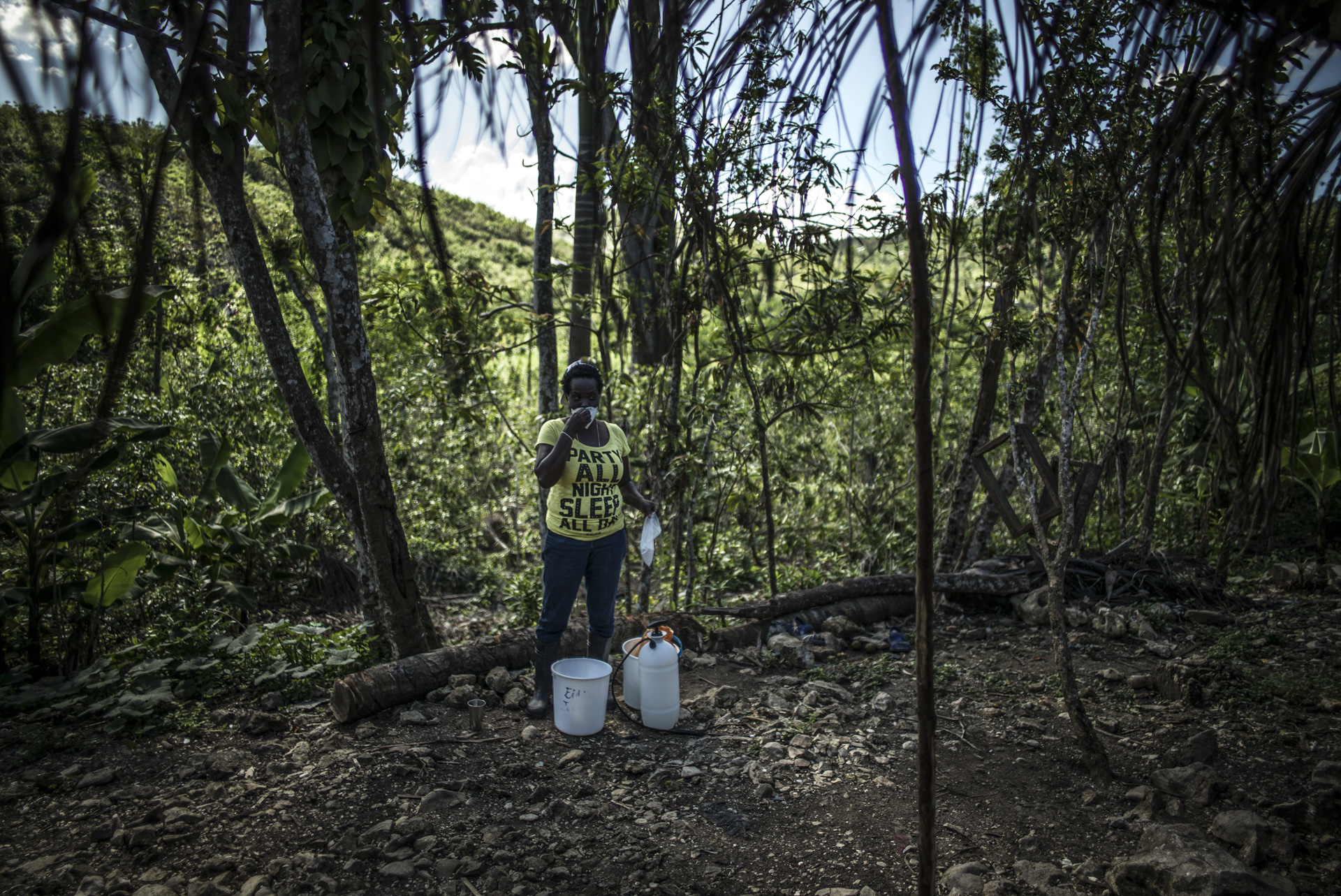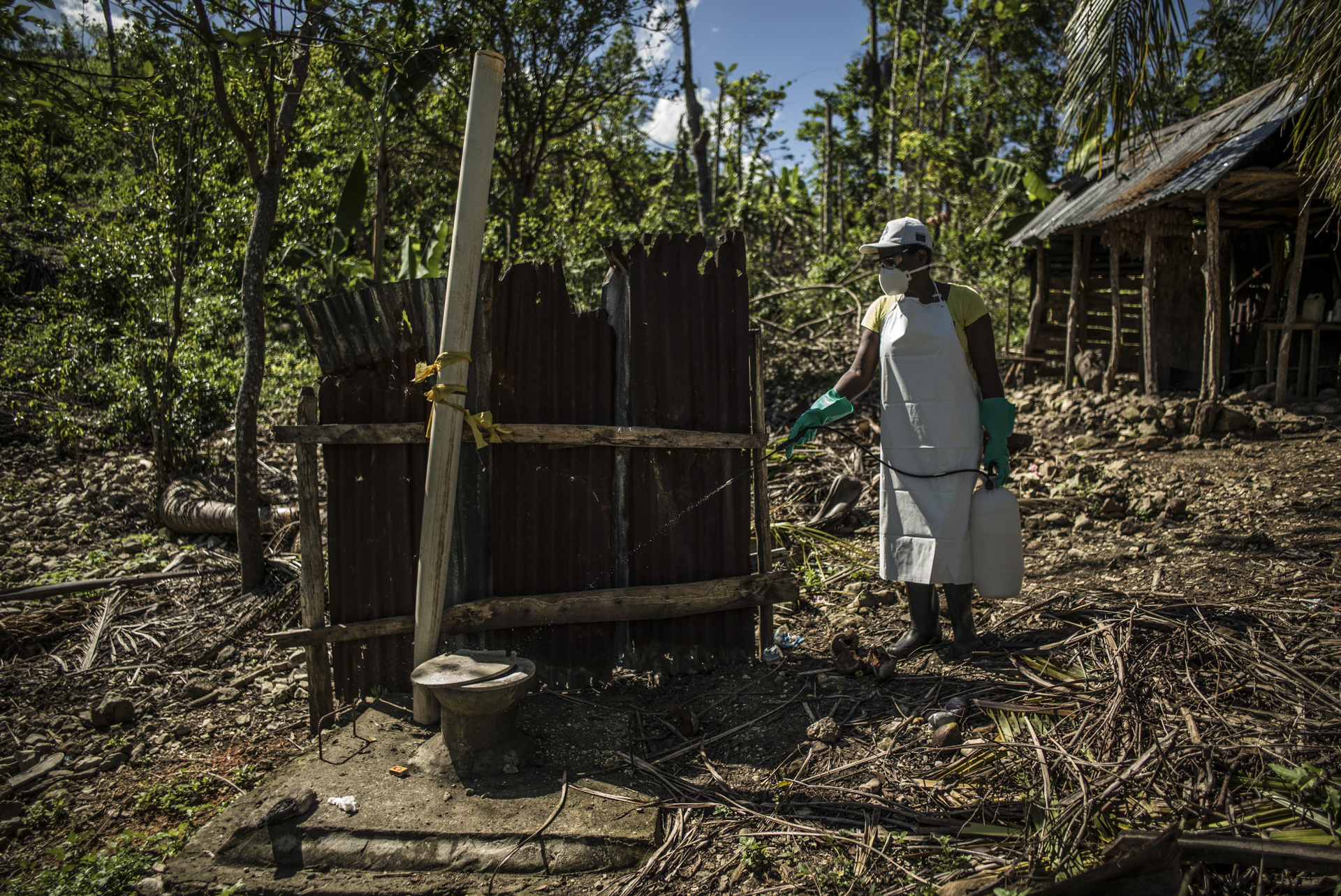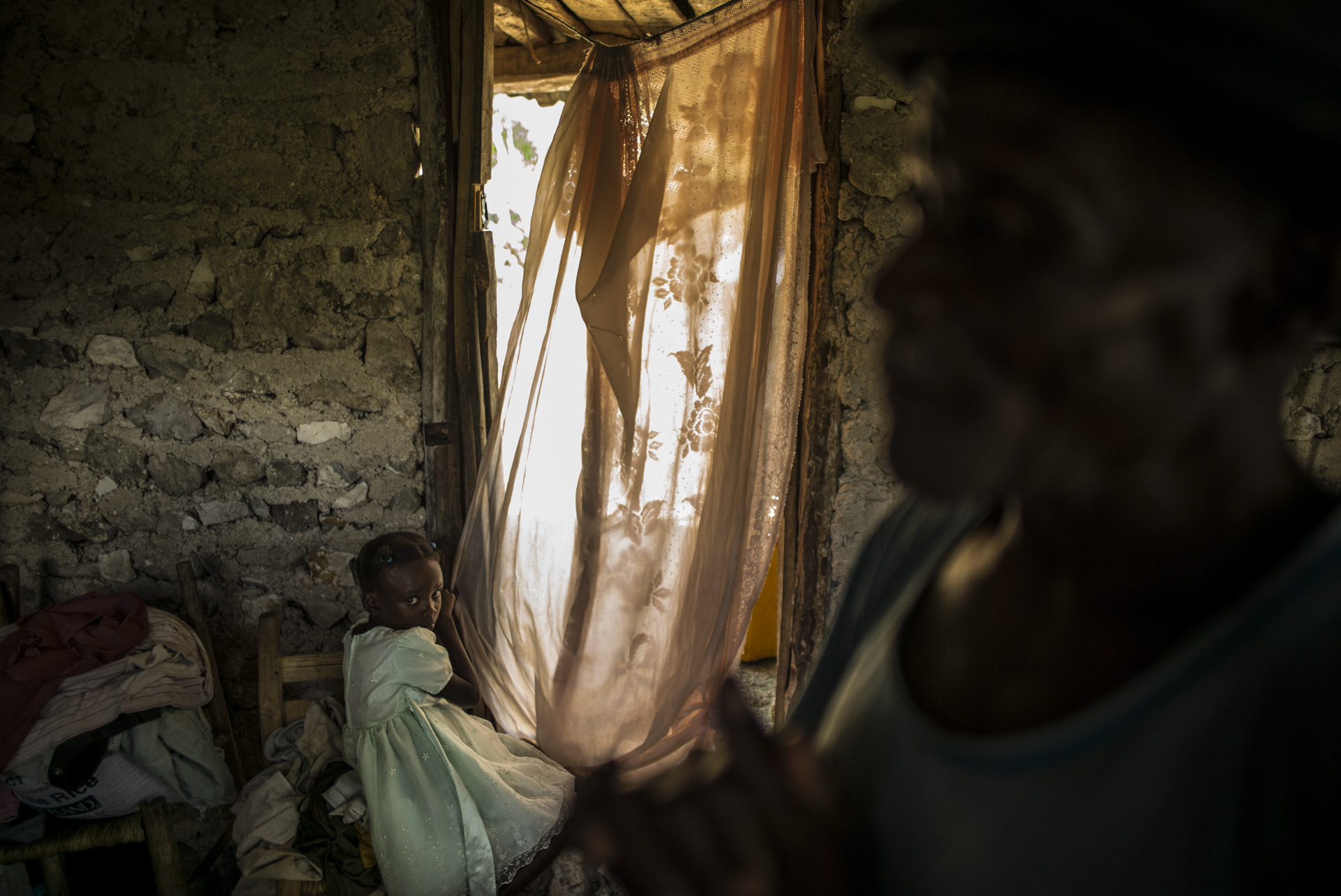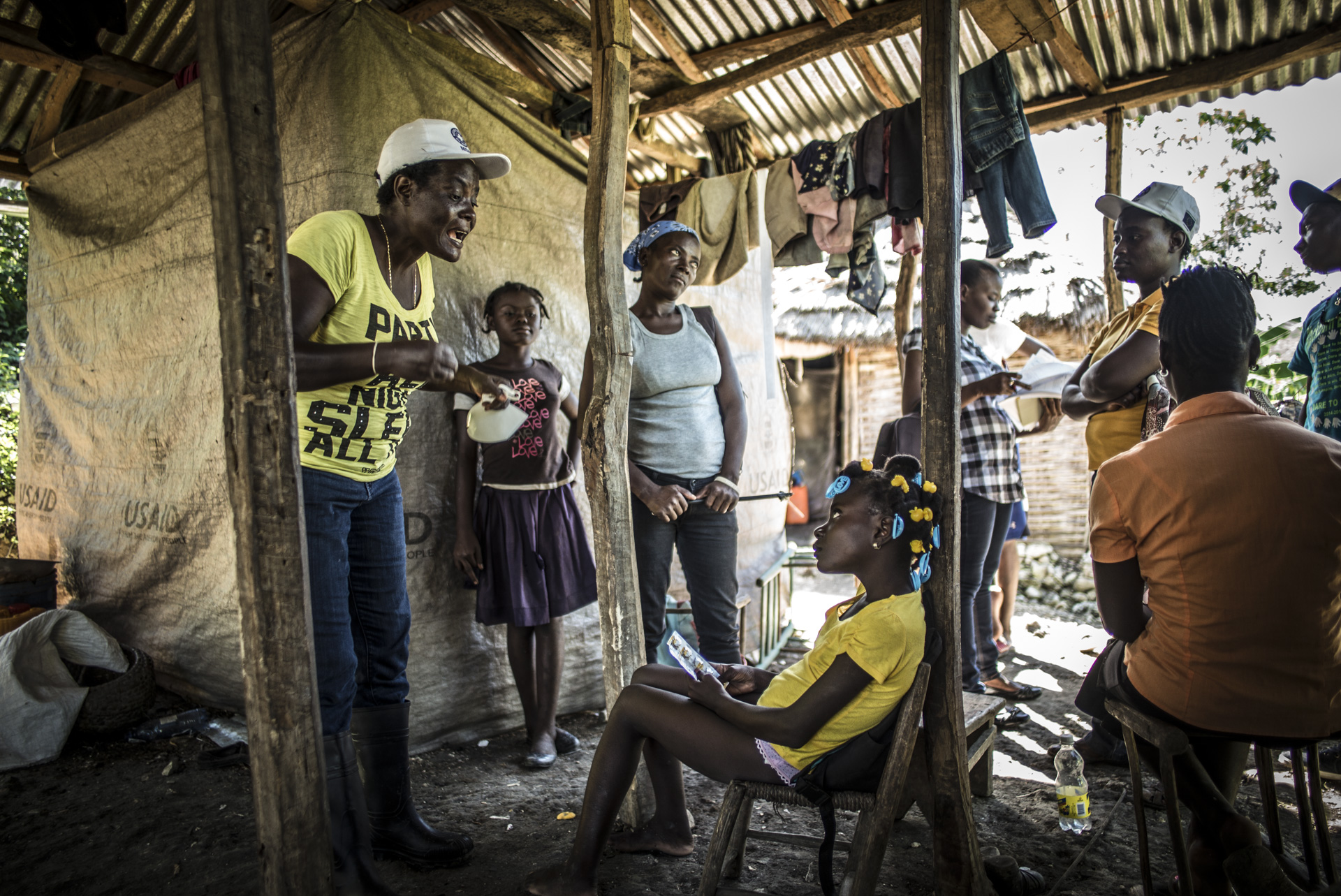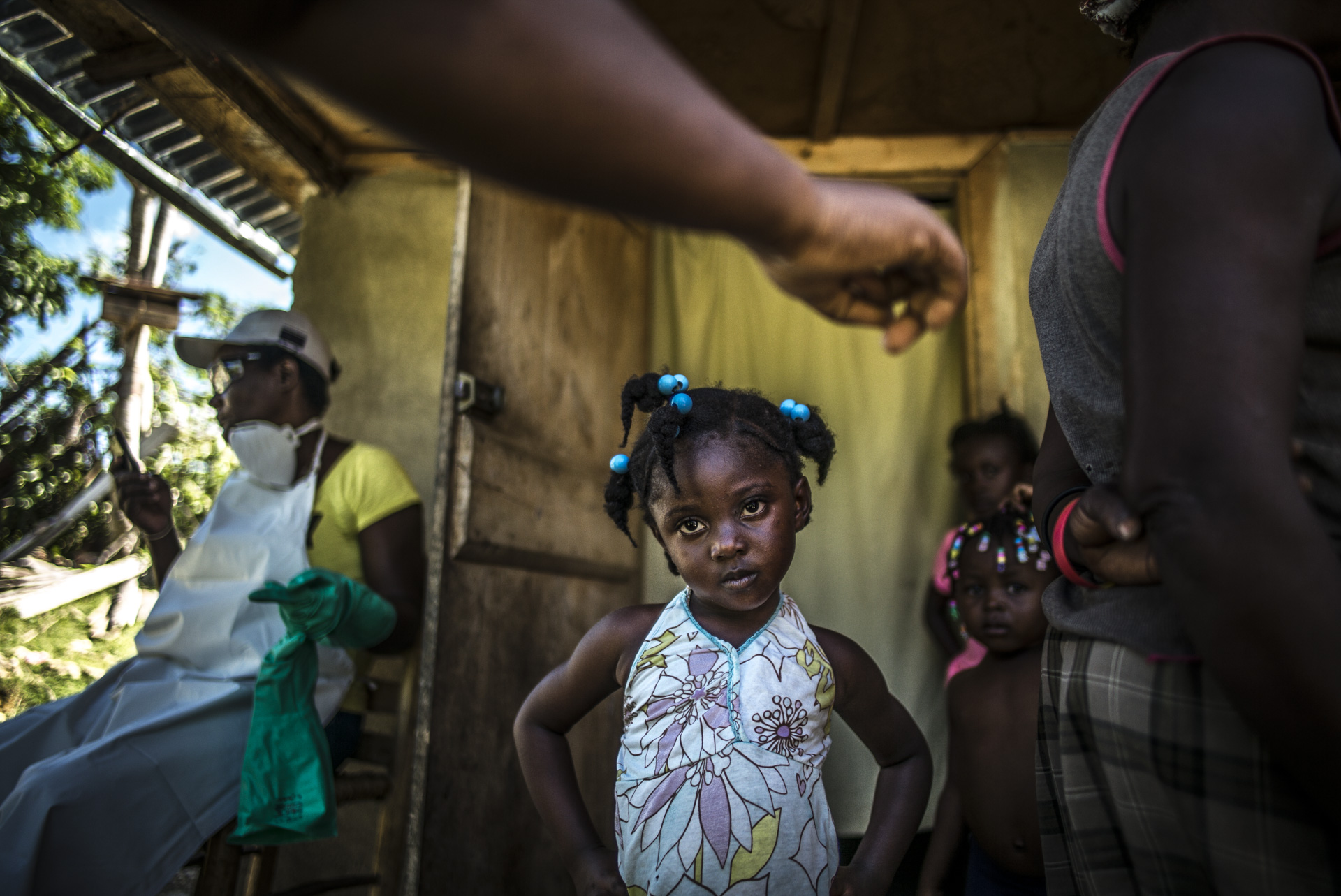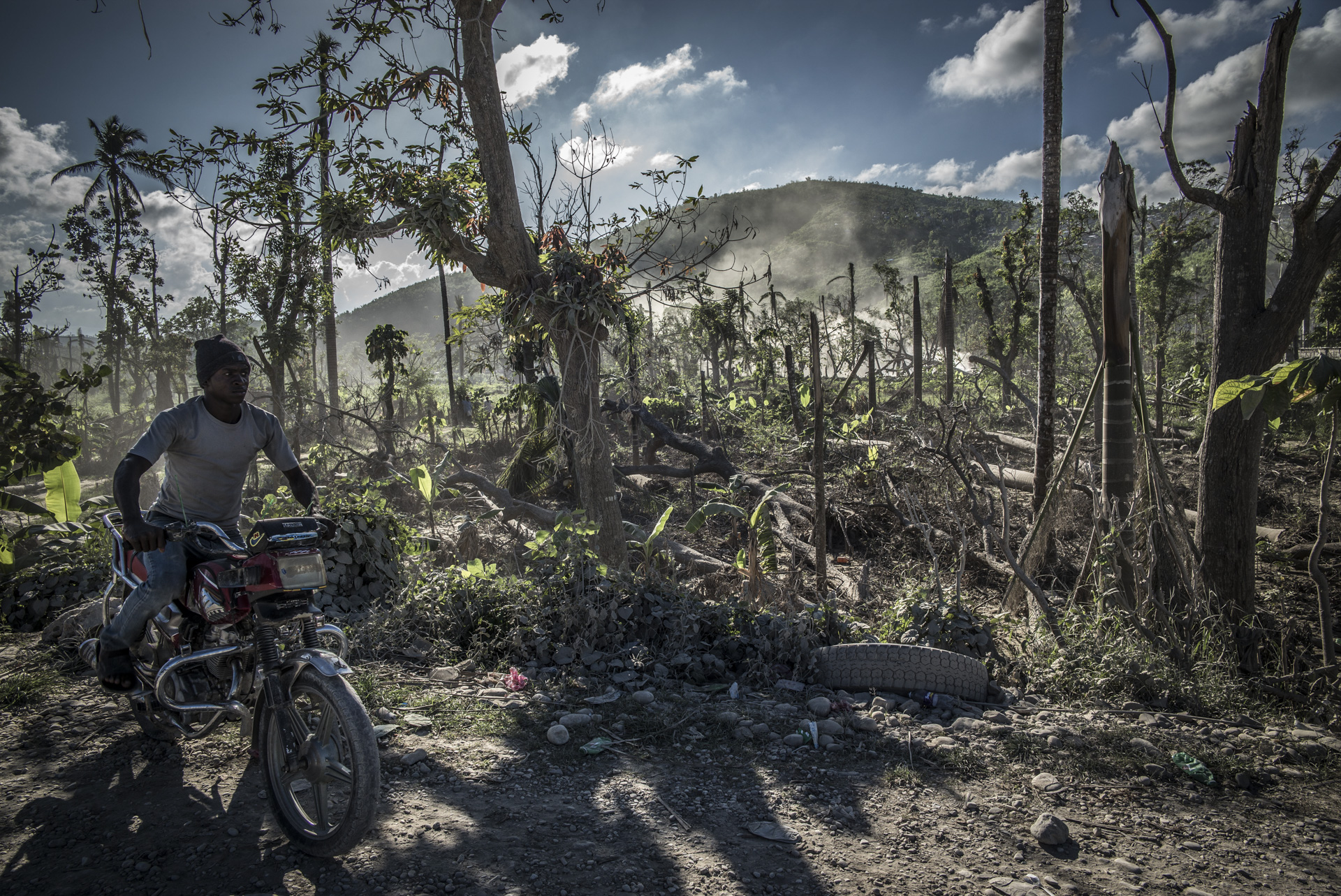Seven years after the earthquake which killed more than 200 000 people and three months after being partly devastated by Hurricane Matthew, Haiti seems to be condemned to tragedy.
Seven years after the earthquake which killed more than 200 000 people and three months after being partly devastated by Hurricane Matthew, Haiti seems to be condemned to tragedy. Cholera, which first broke out on the island in 2010 in the aftermath of the earthquake, has killed 10,000 people to date and made hundreds of thousands more sick causing severe economic and social problems for the country.
In May, Hurricane Matthew revived the fear of another massive lethal breakout of the epidemic. However, thanks to the prevention and awareness efforts of a number of associations, countless deaths have been prevented. With the right treatment, cholera is not lethal but those infected must be taken care of as soon as possible. Awareness of rules of hygiene is crucial, as well as the decontamination of houses damaged by the hurricane.
Reporting from the area of Grande Anse in the north-west of the country, one of the most heavily affected by Hurricane Matthew and prone to cholera.
